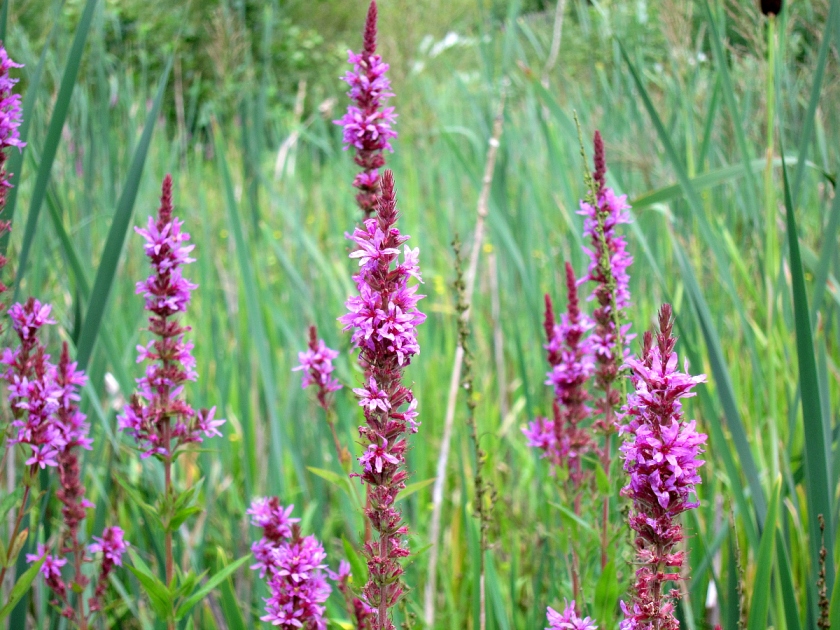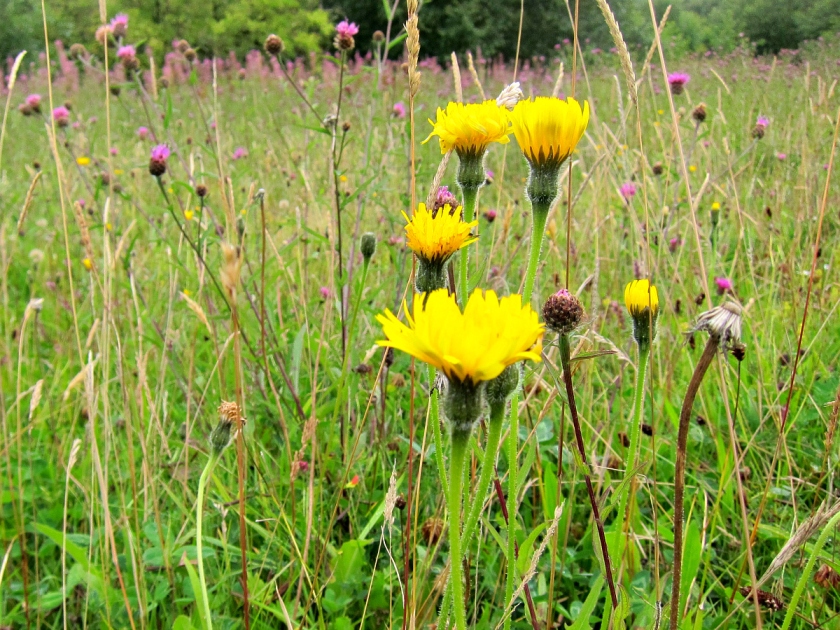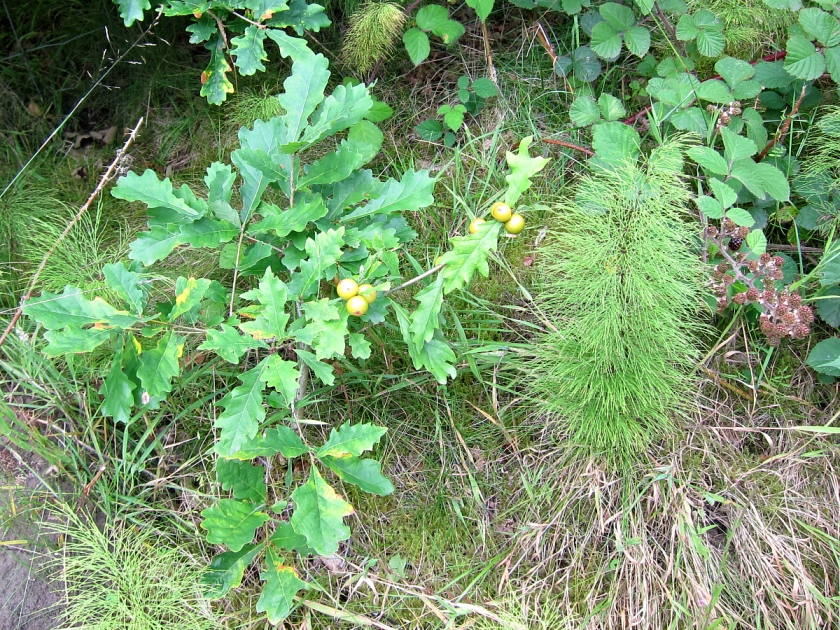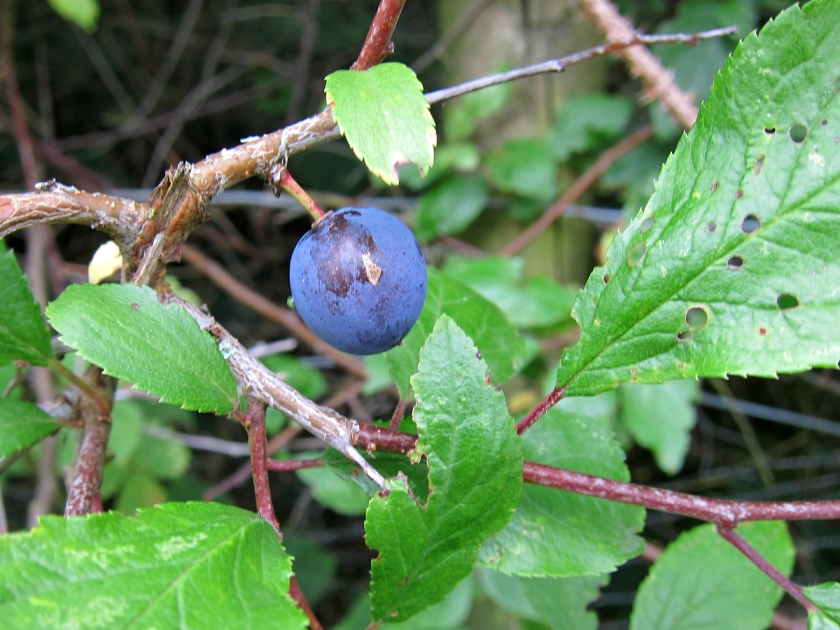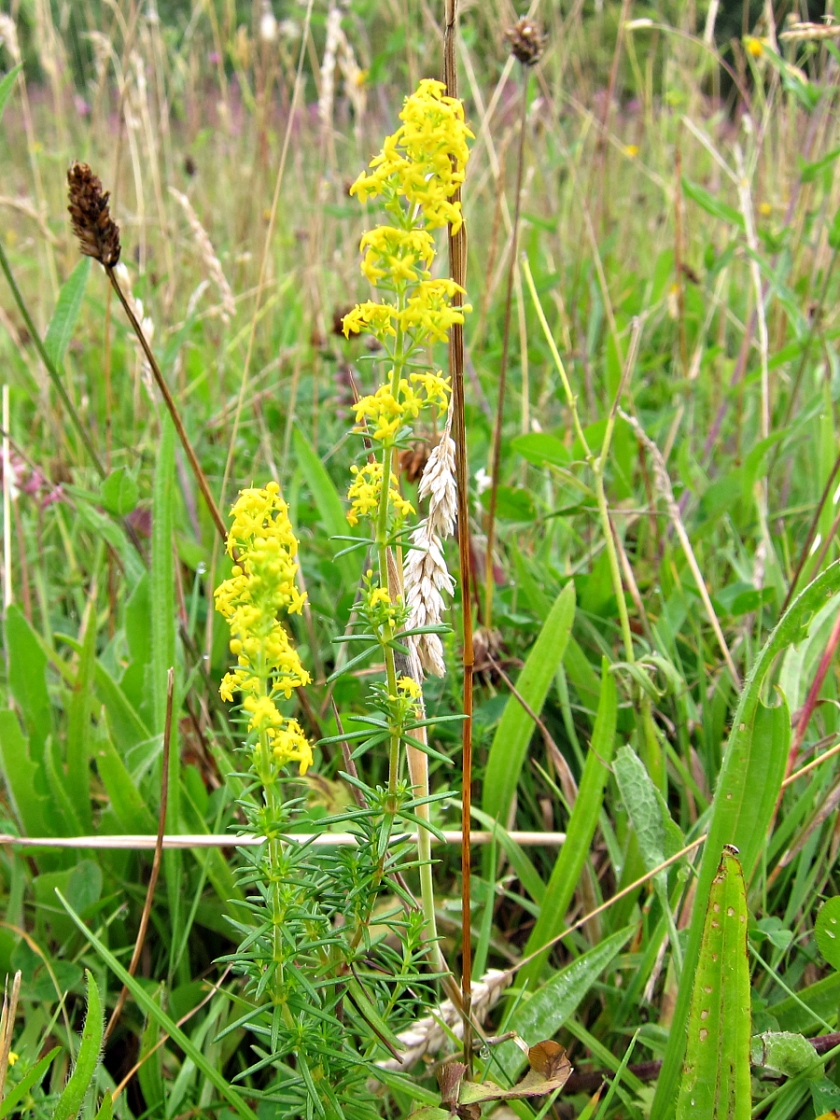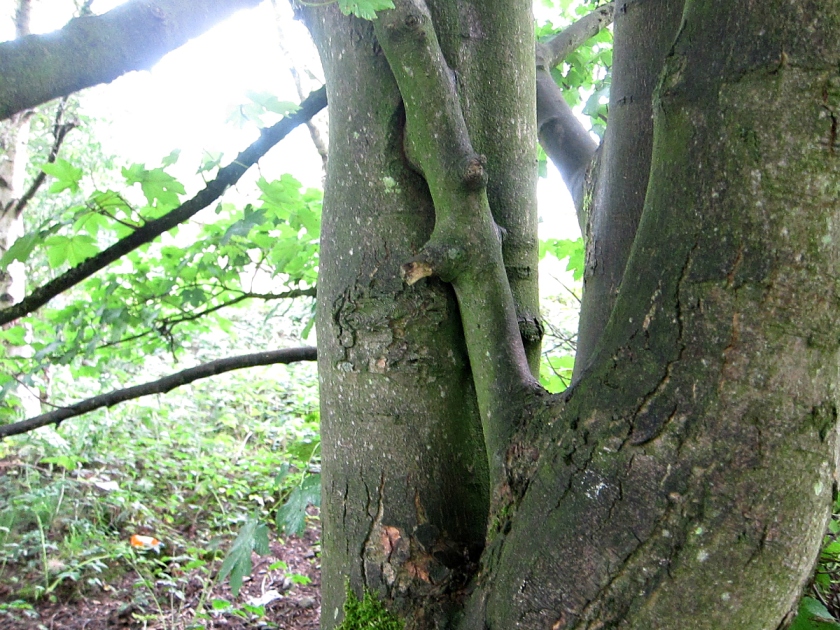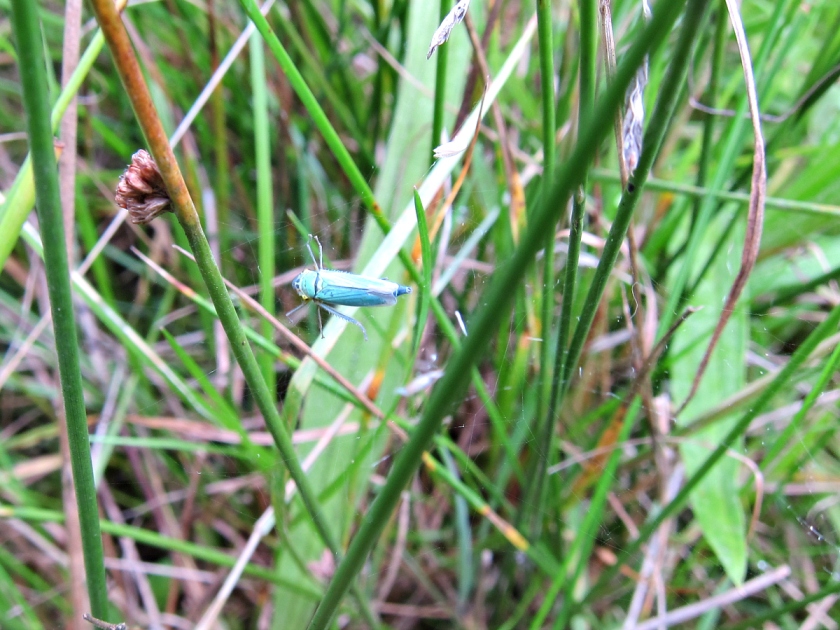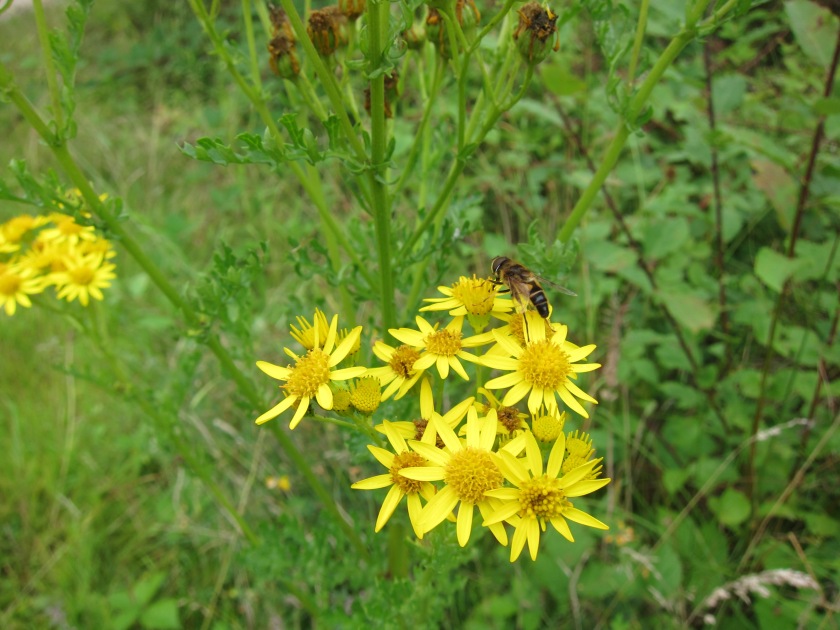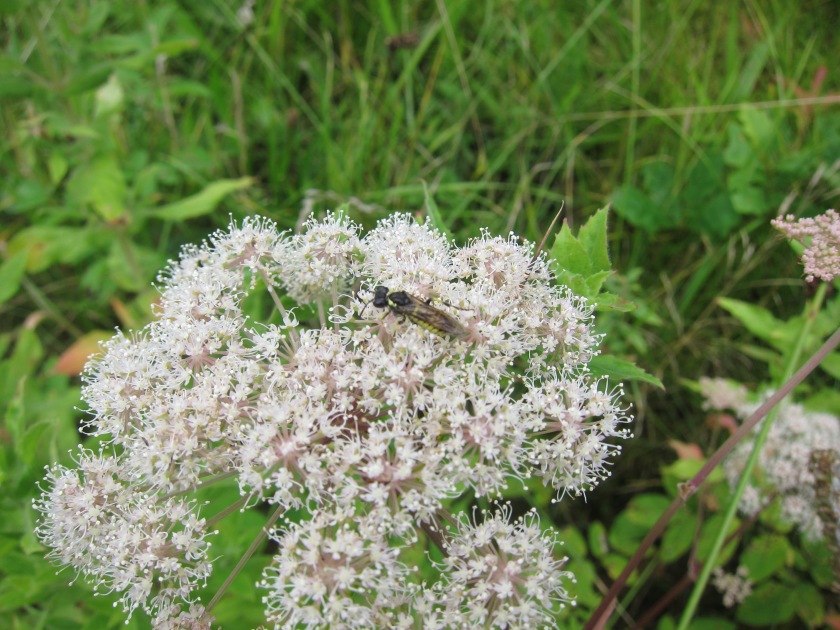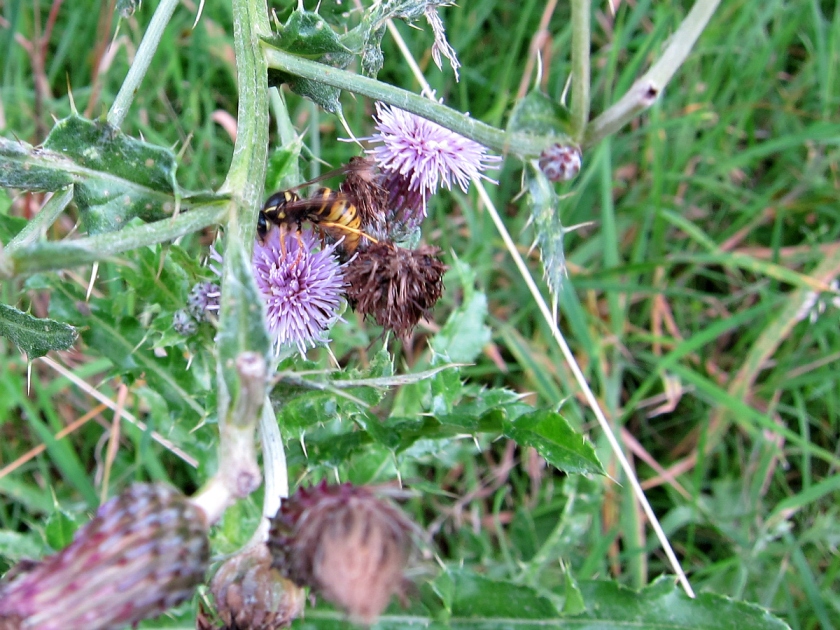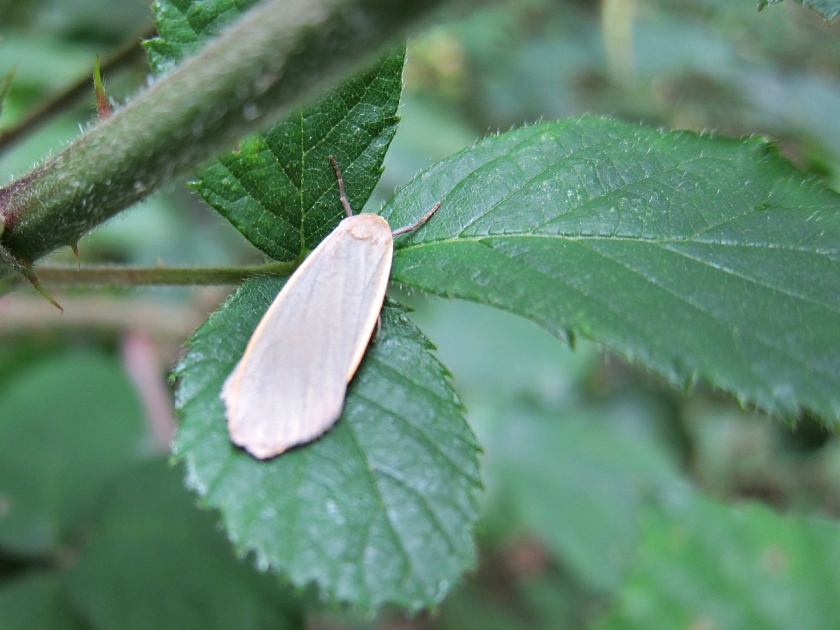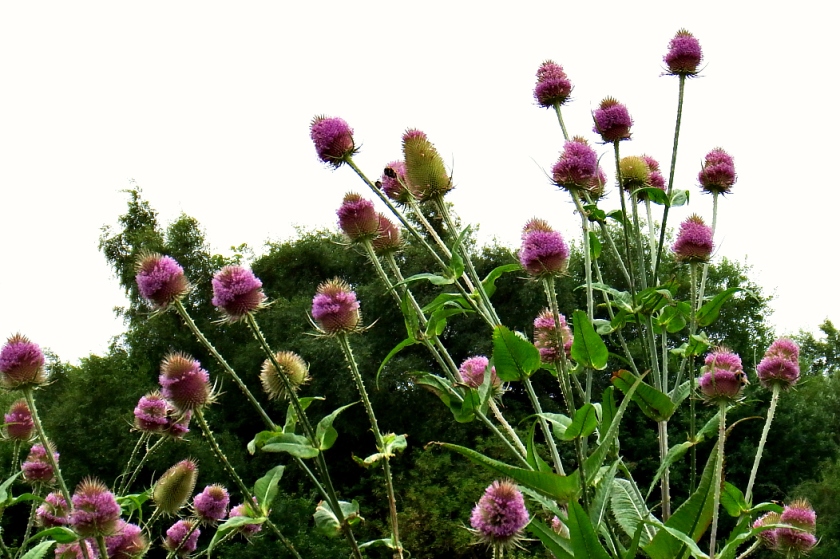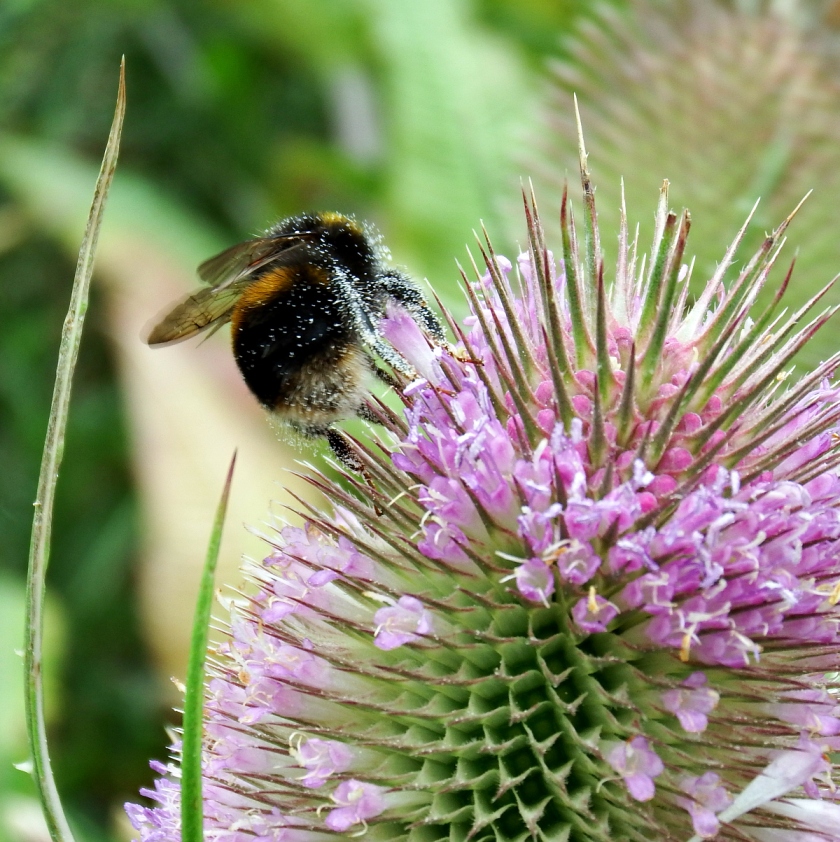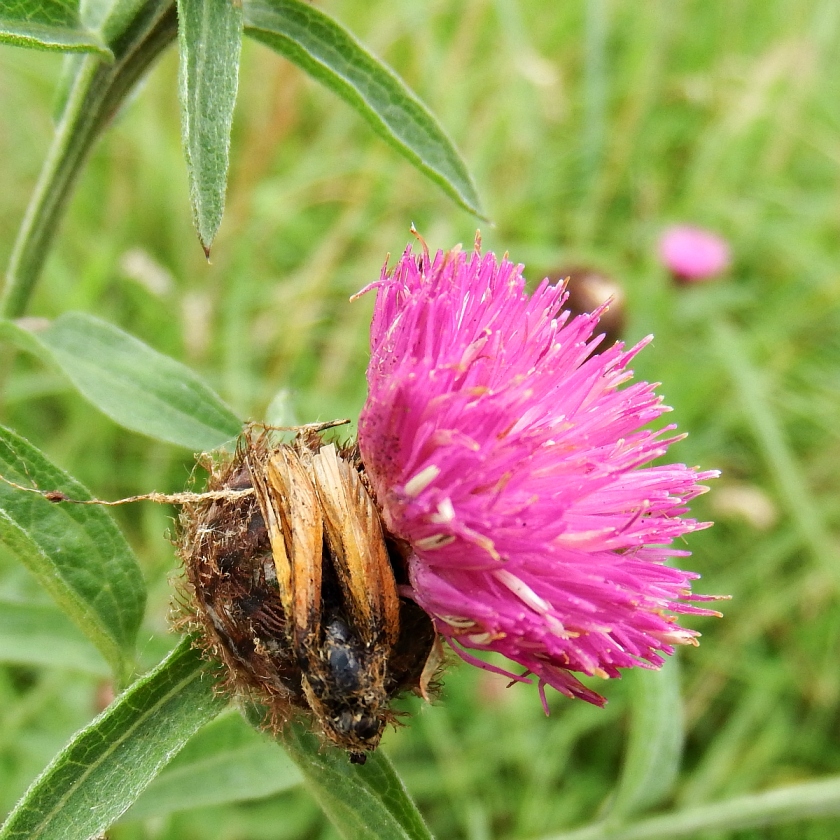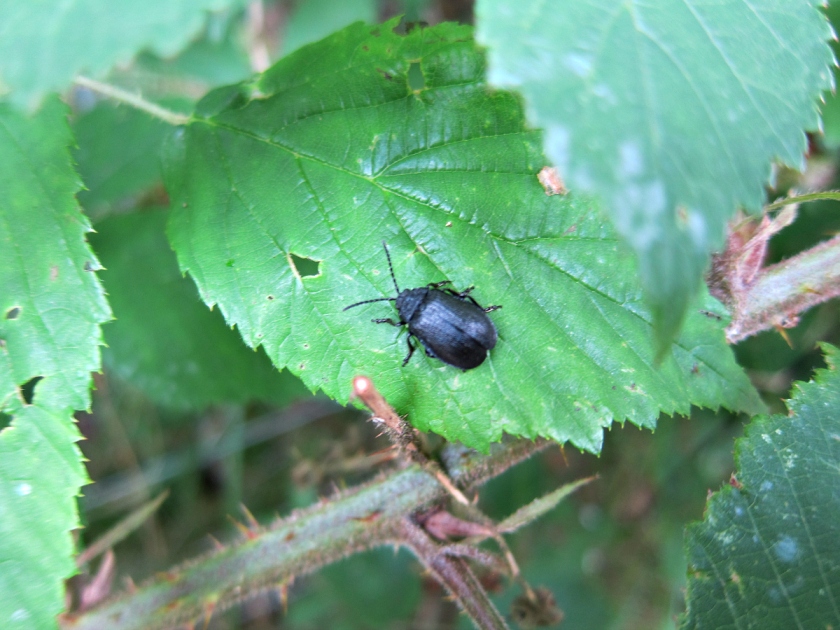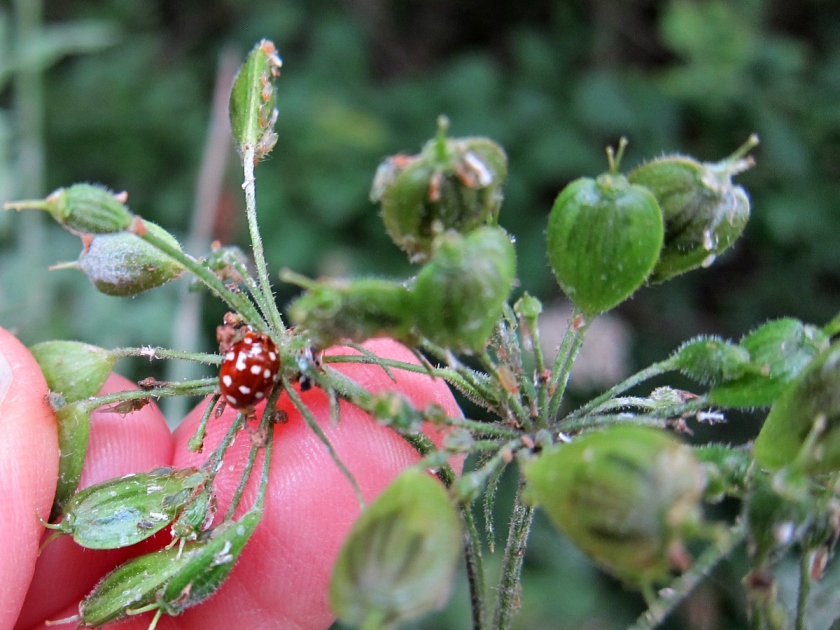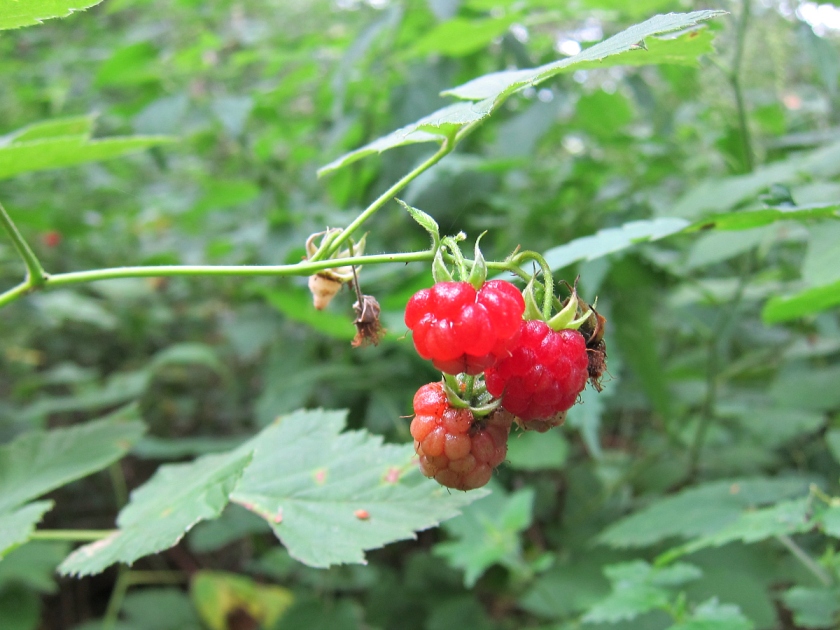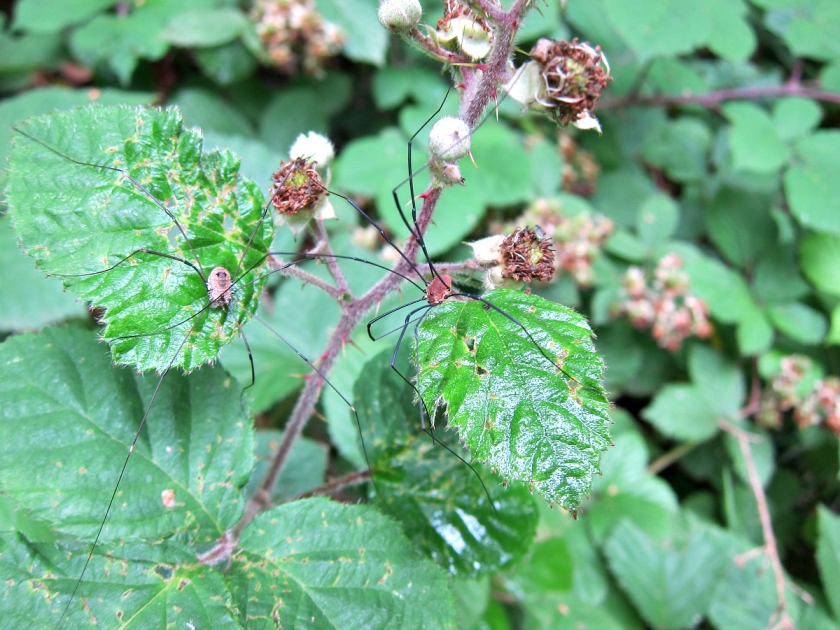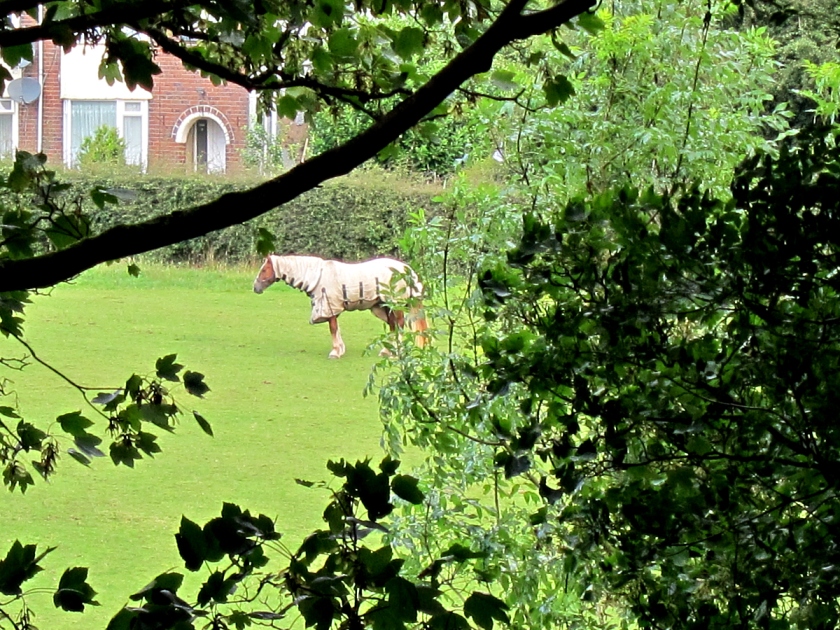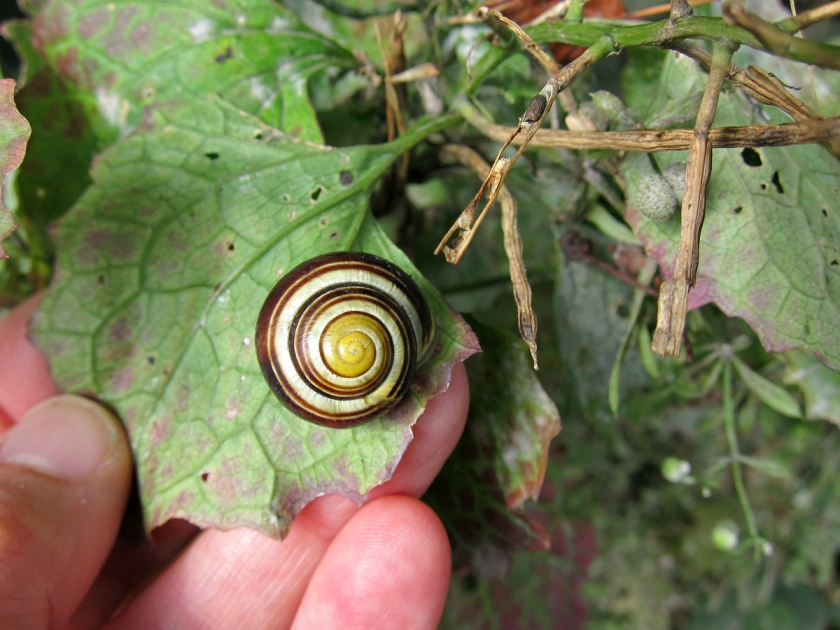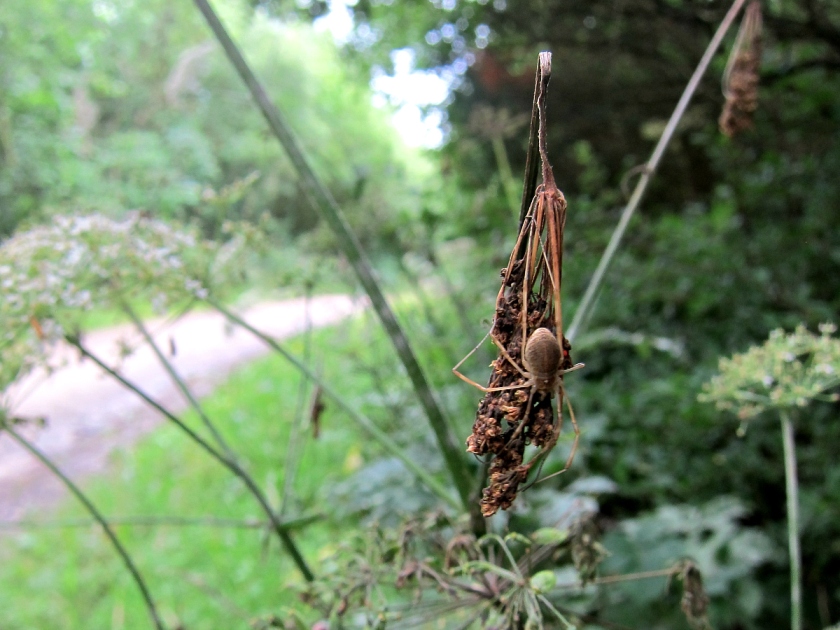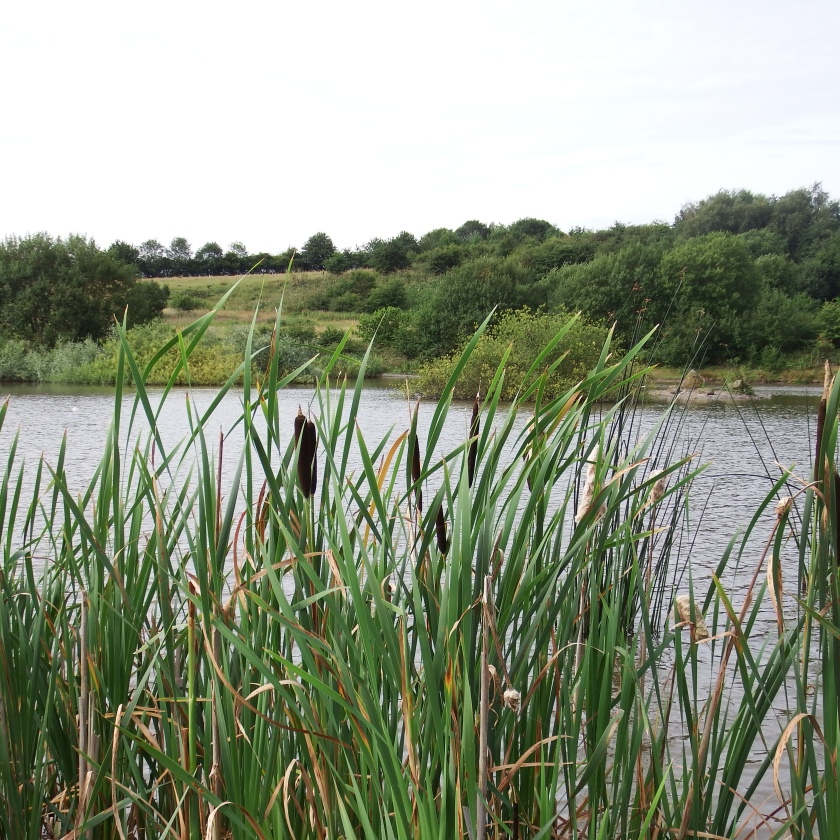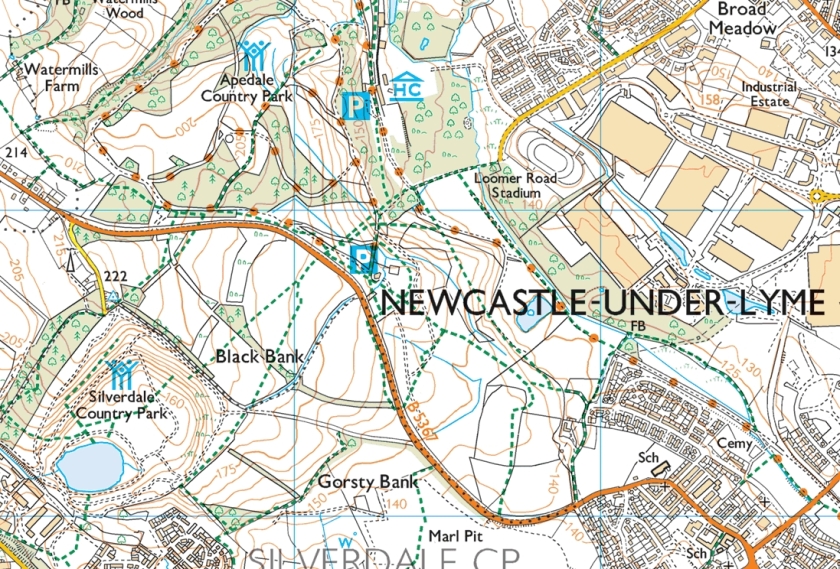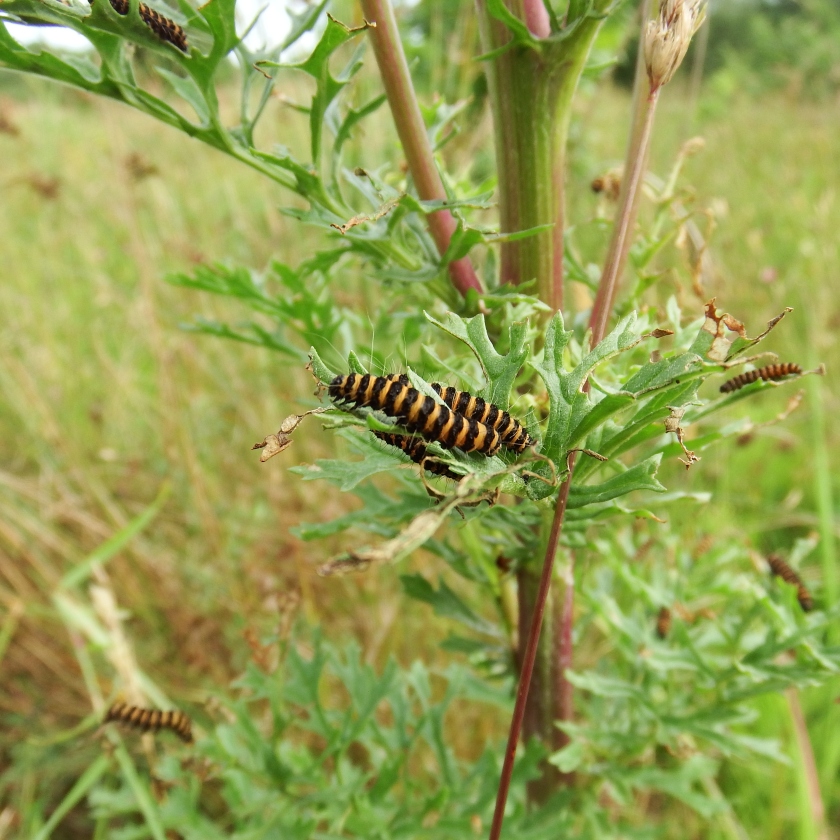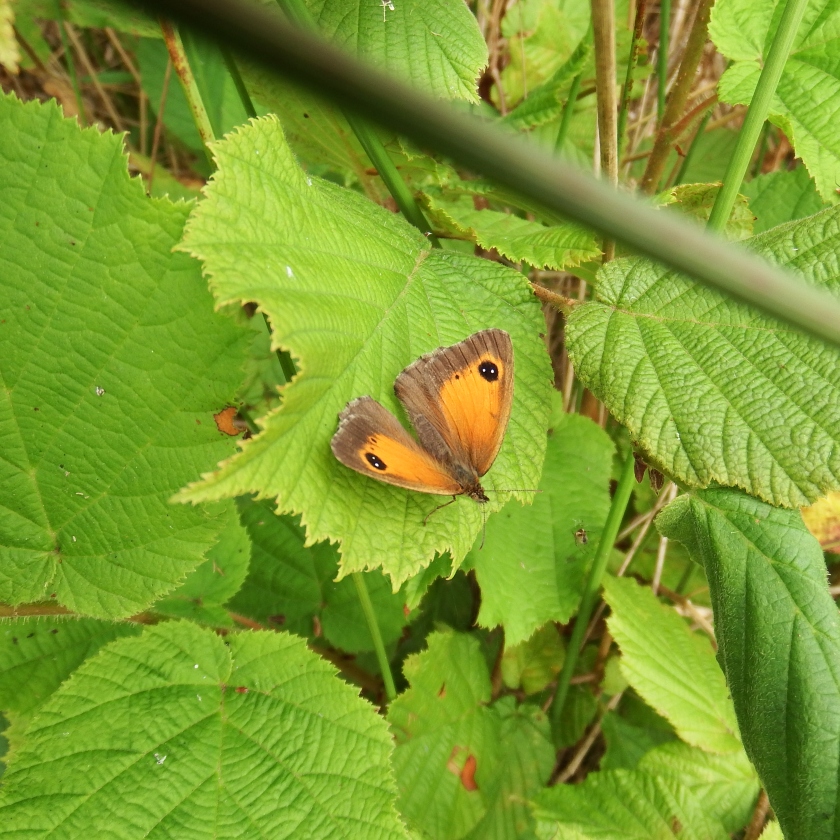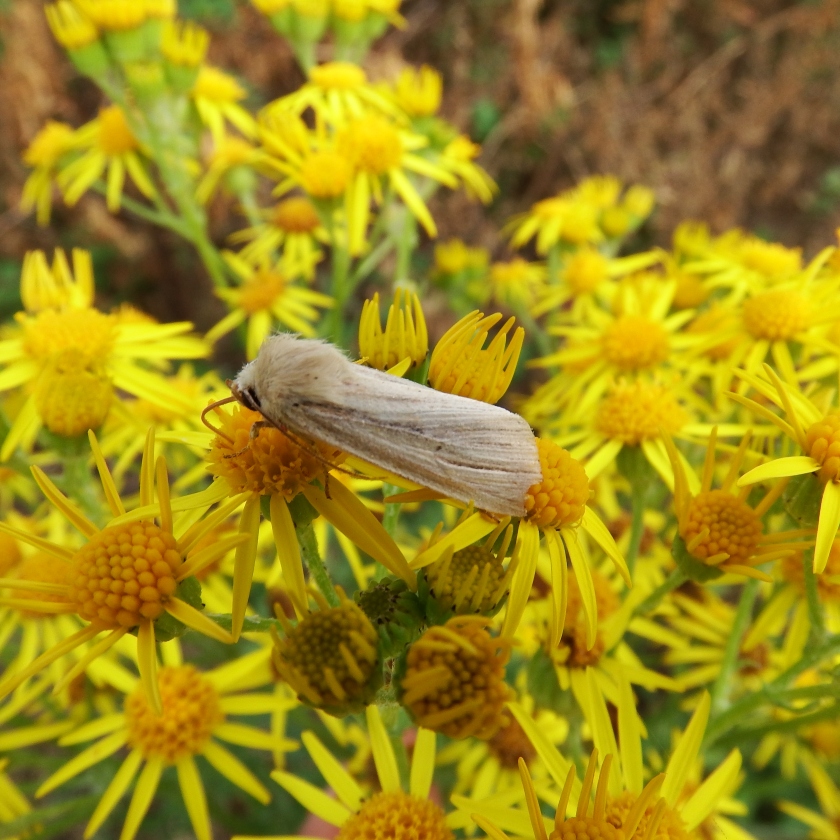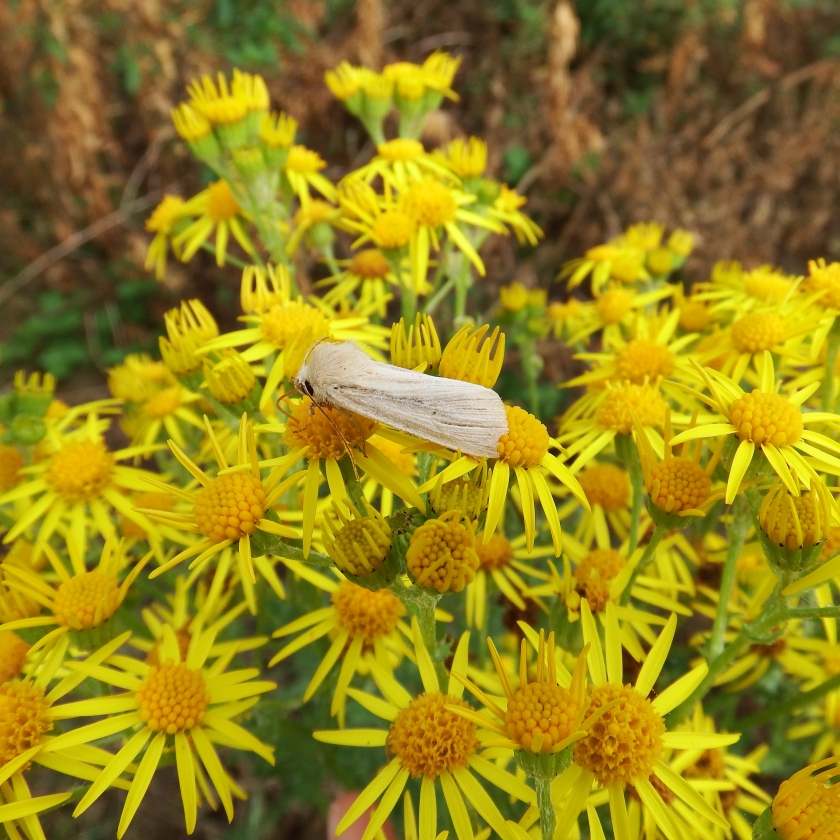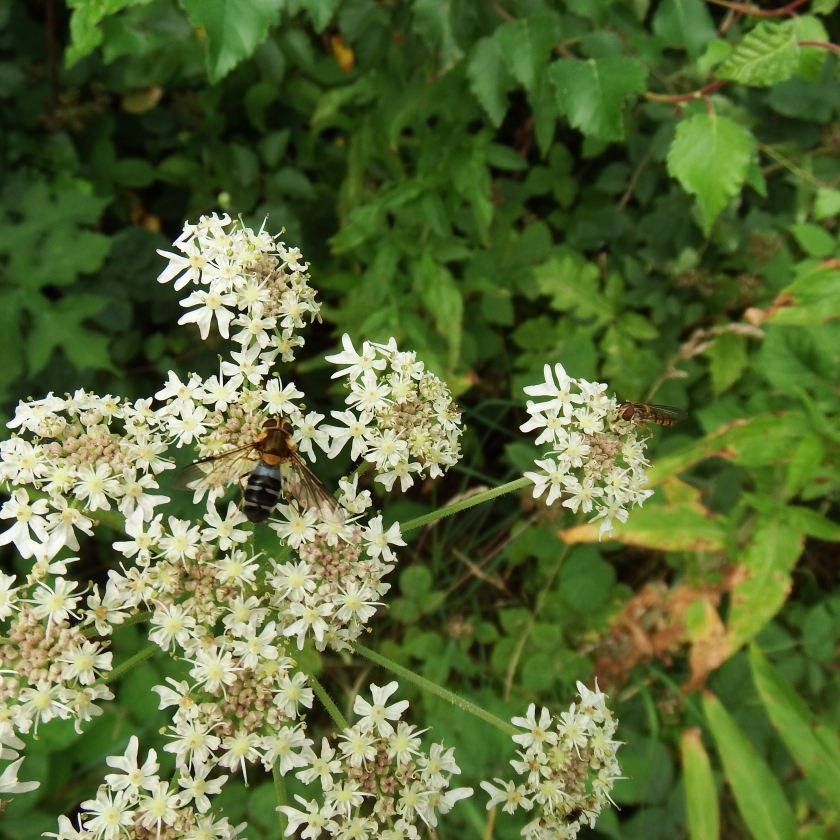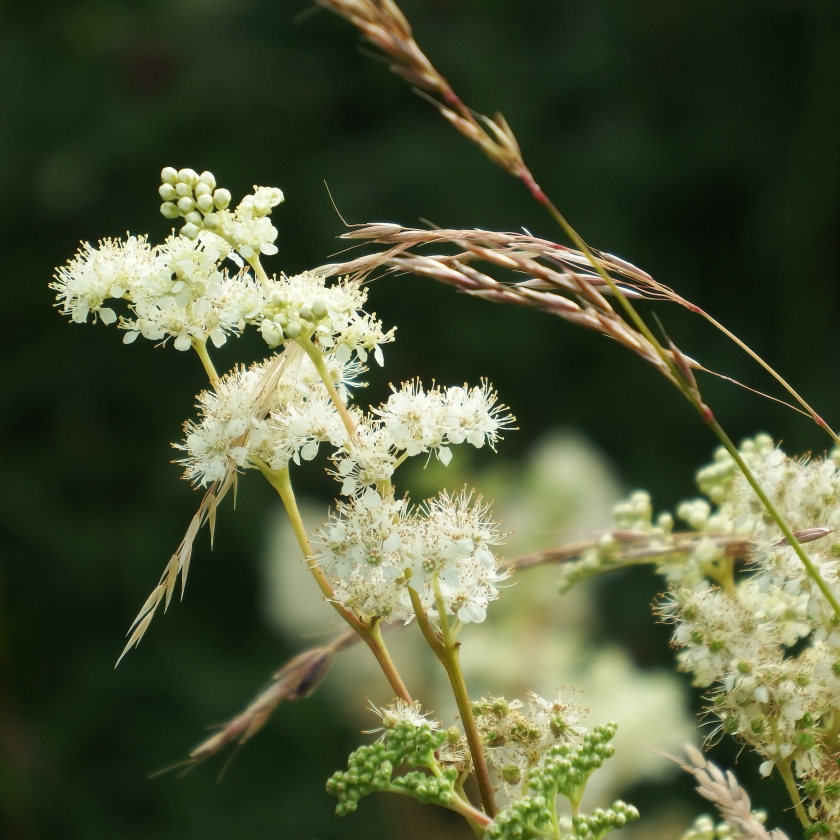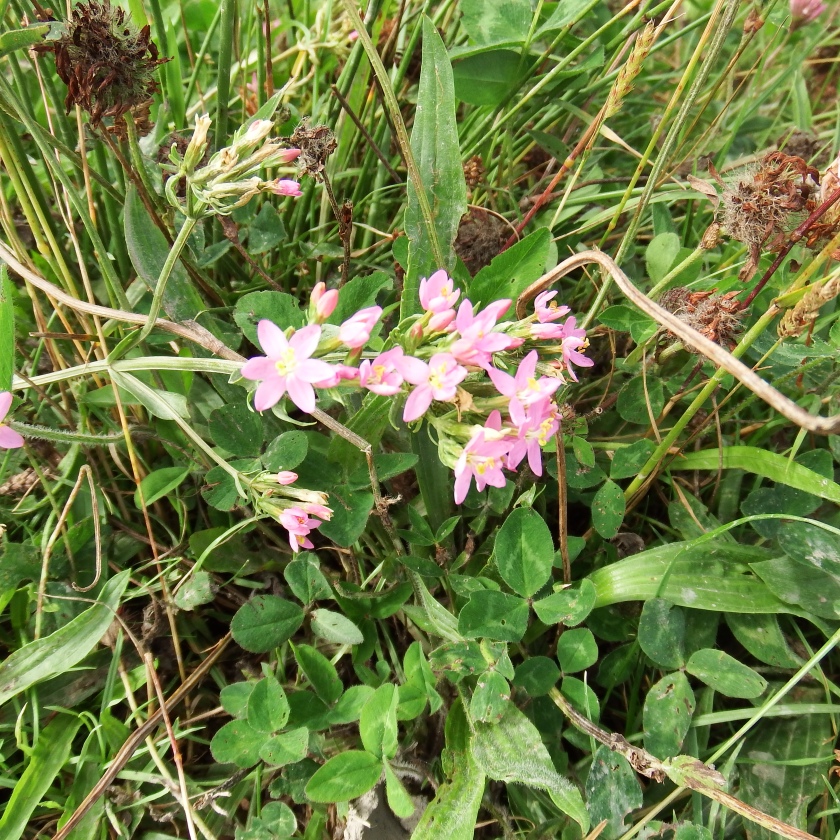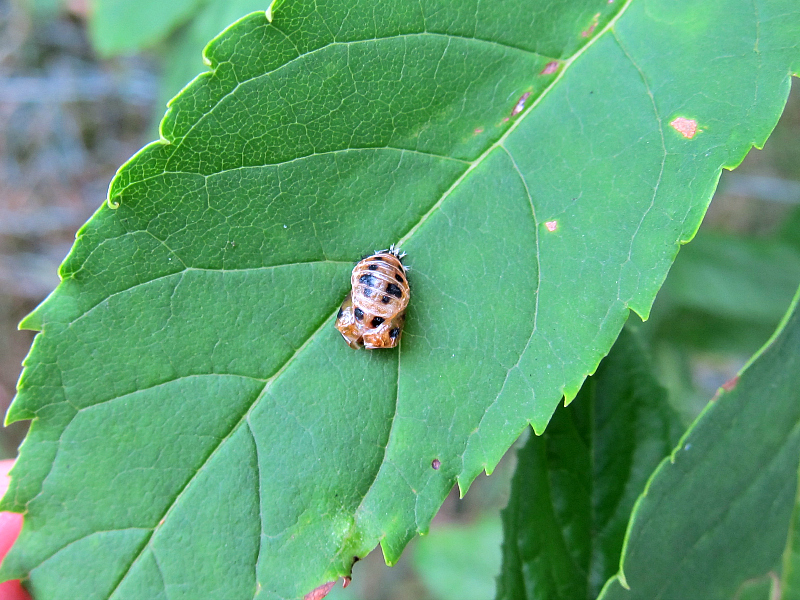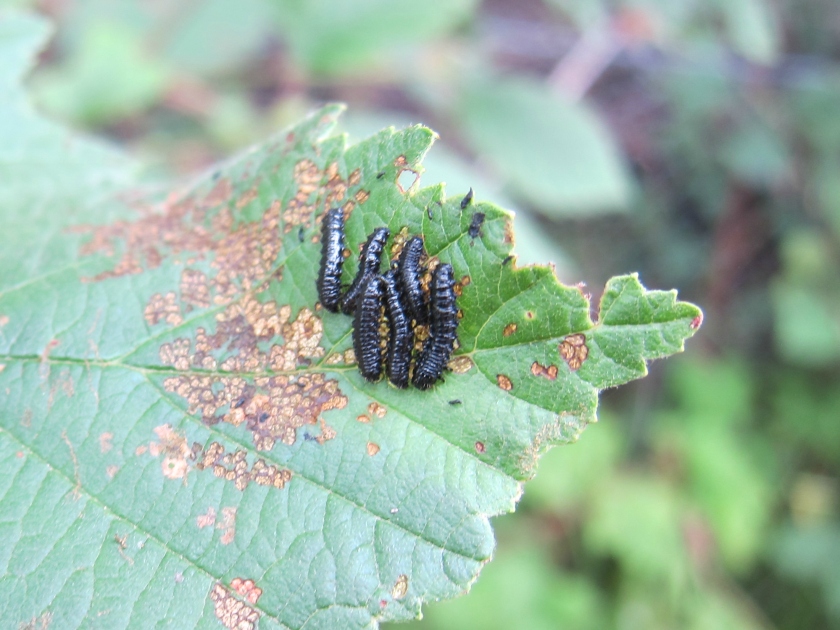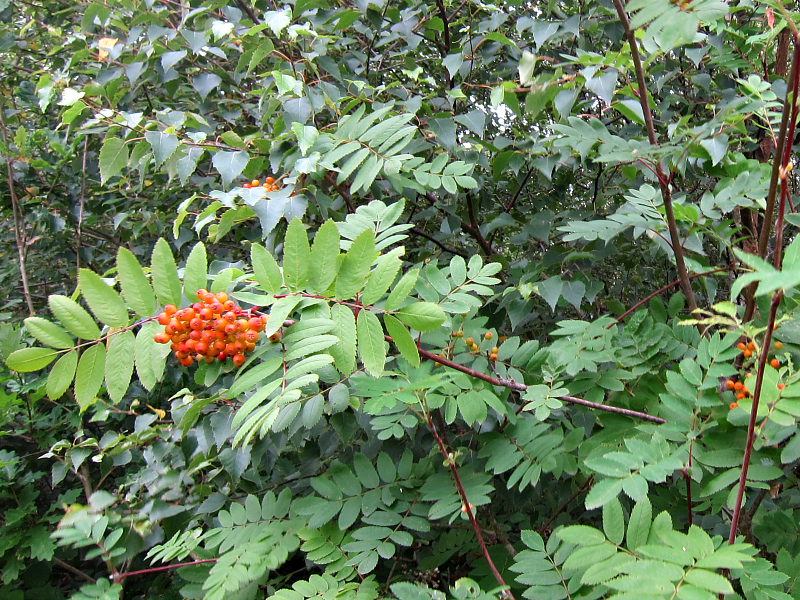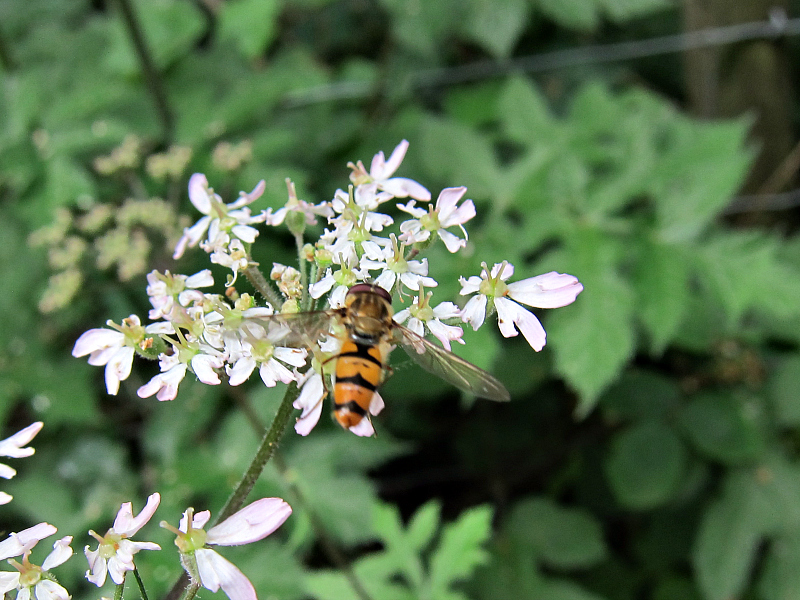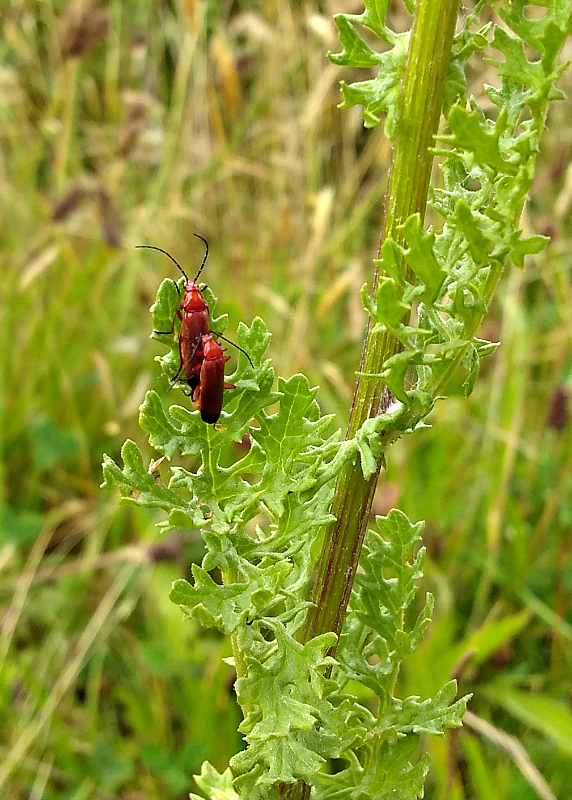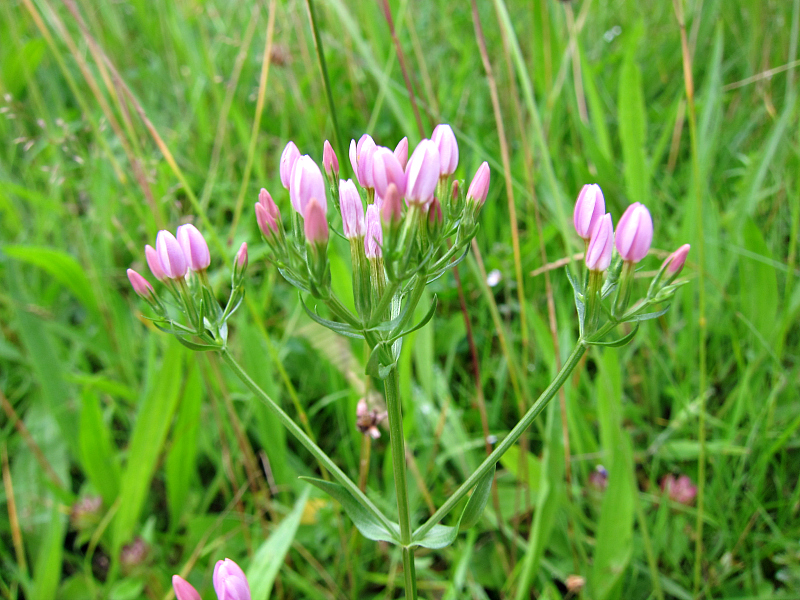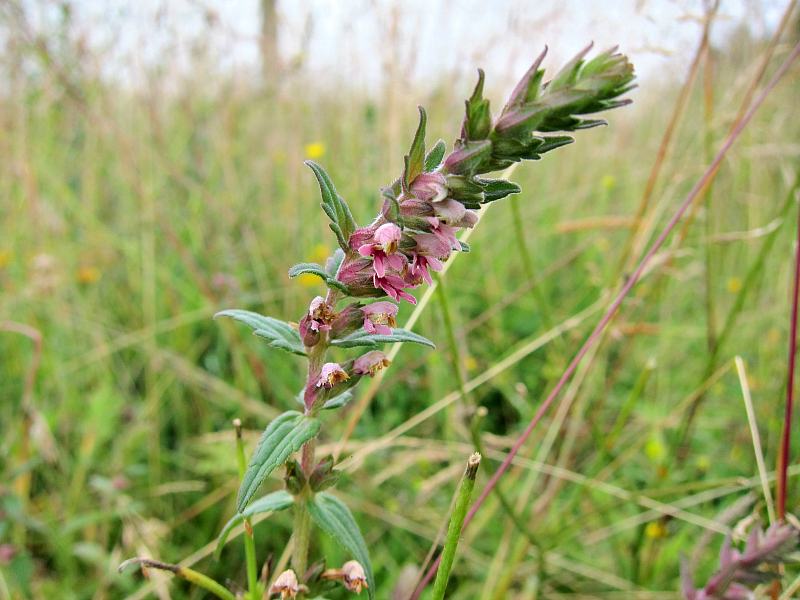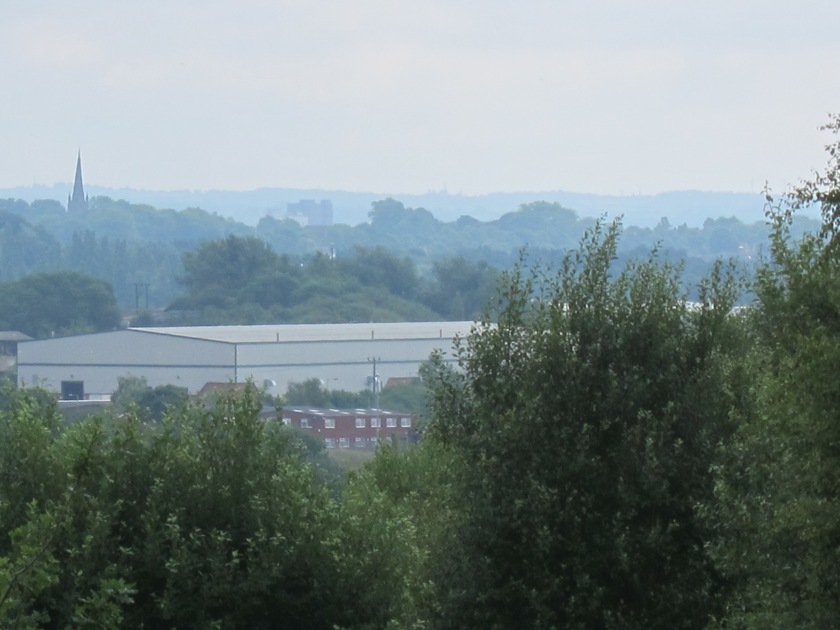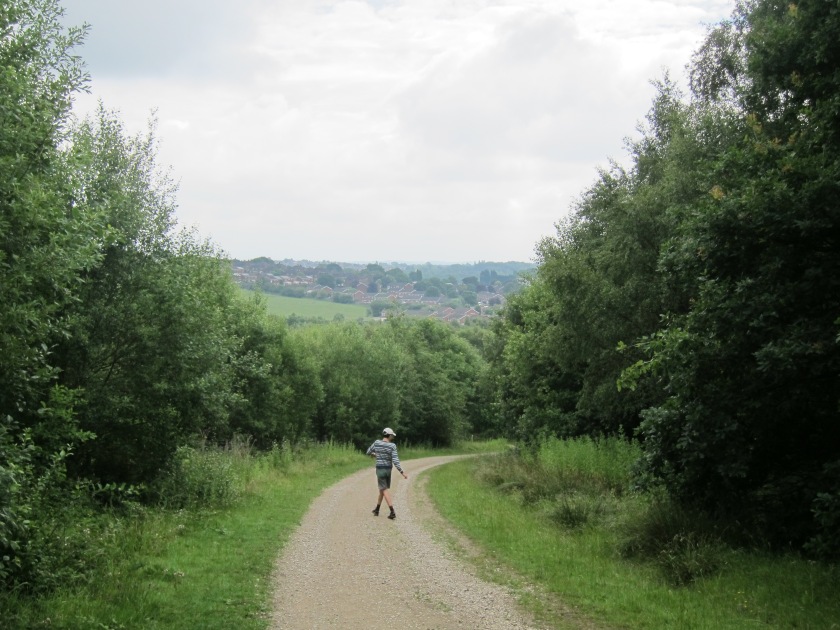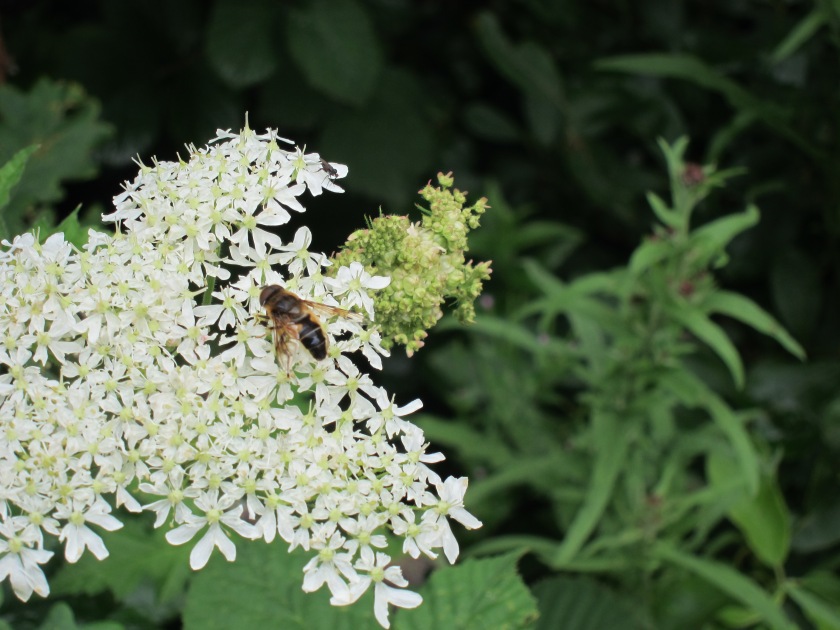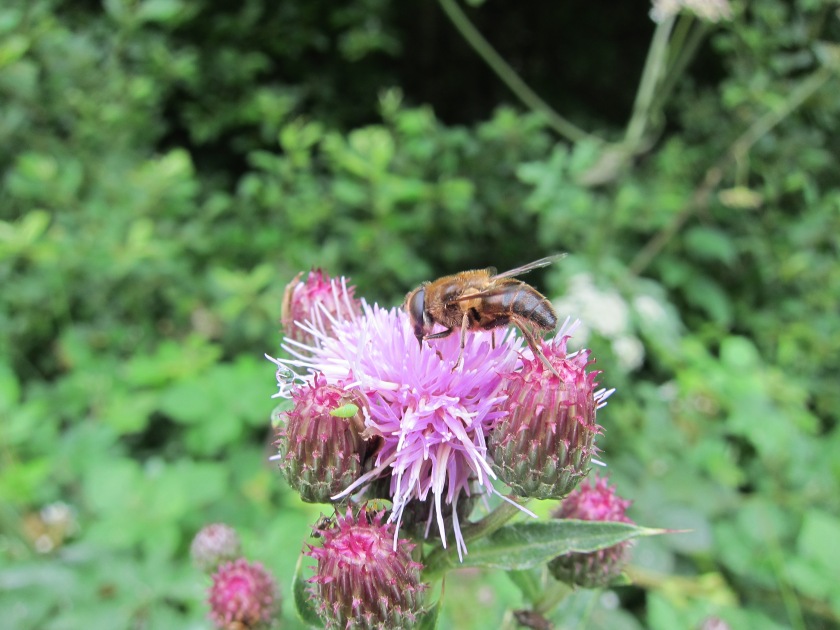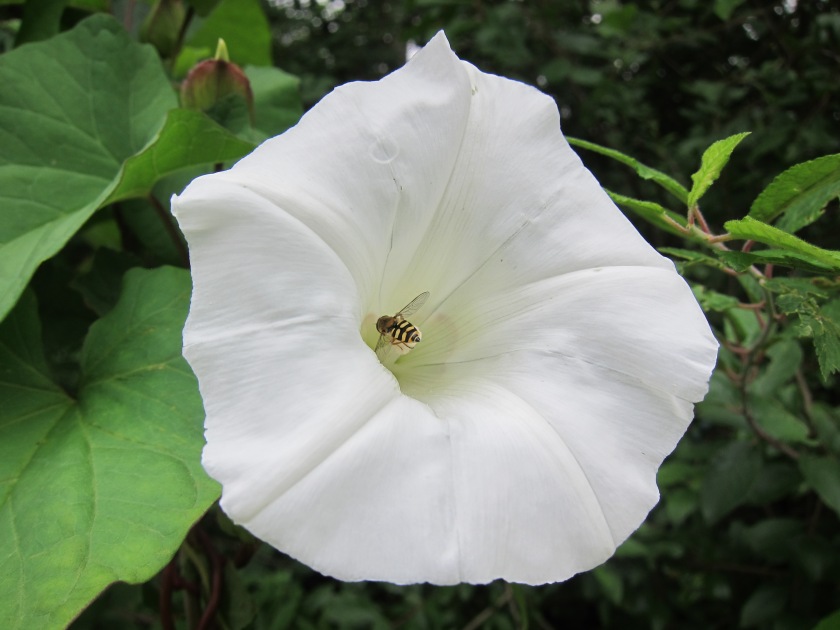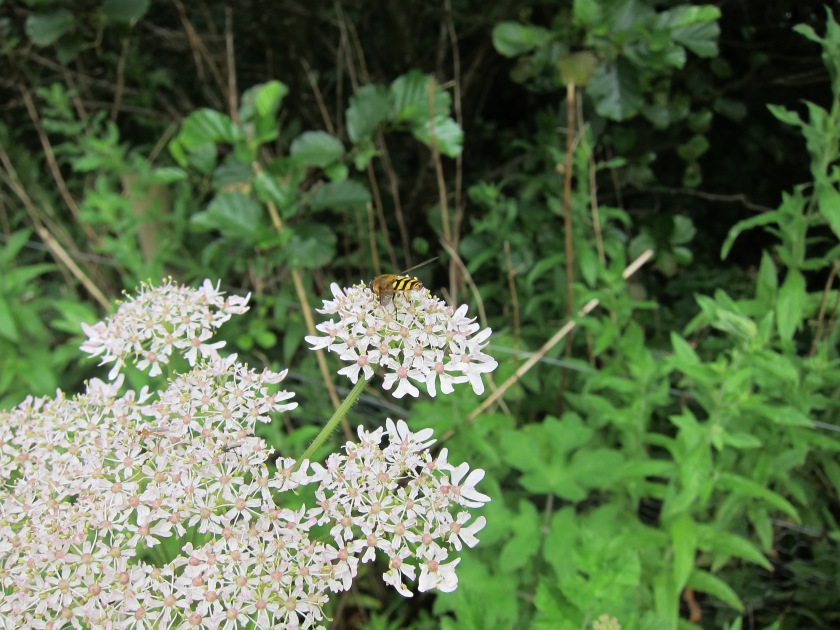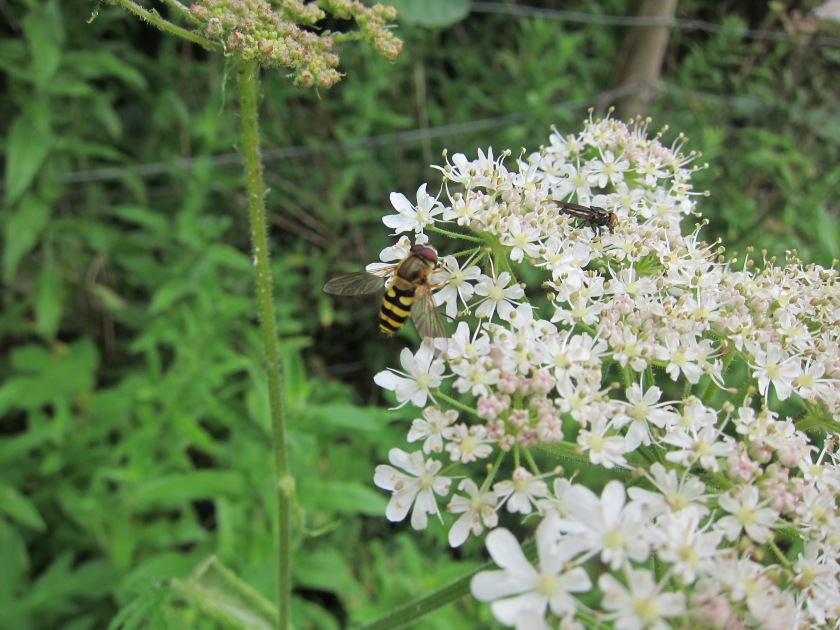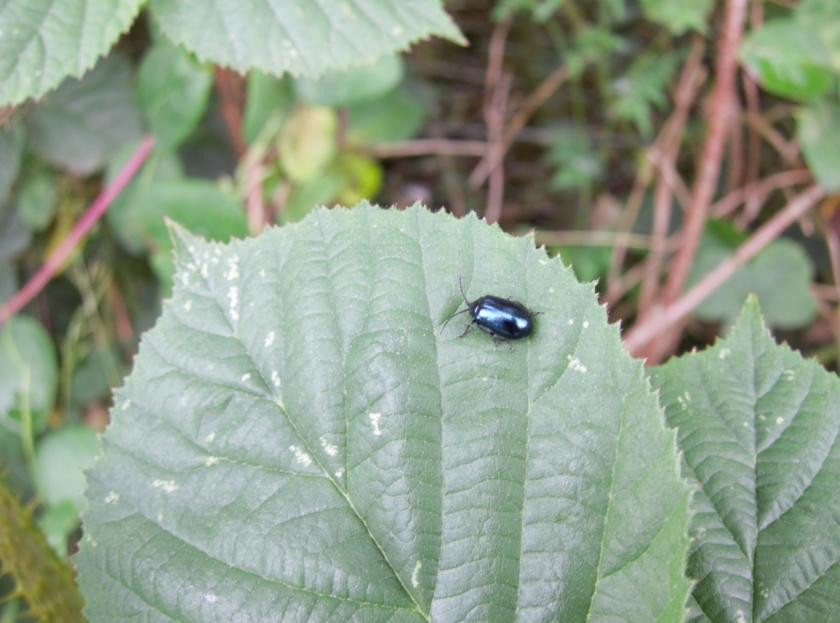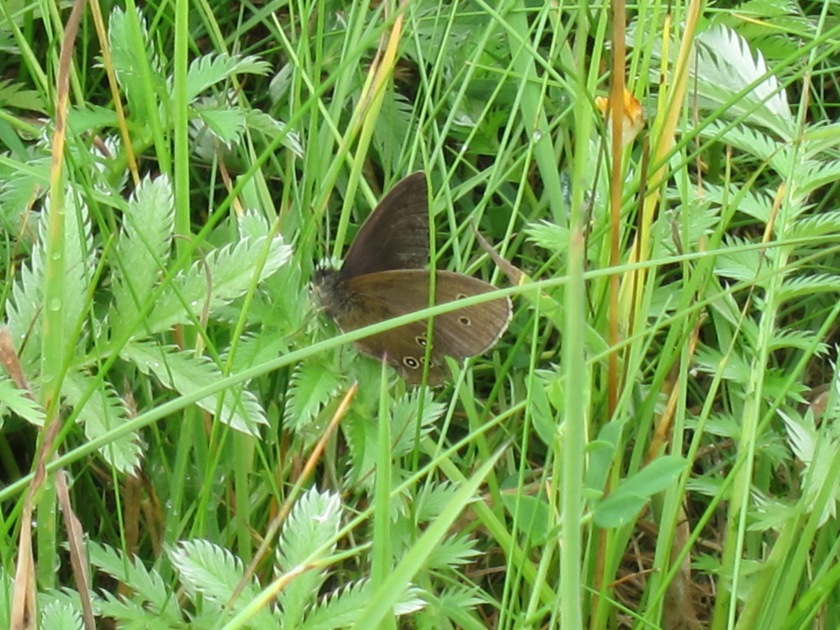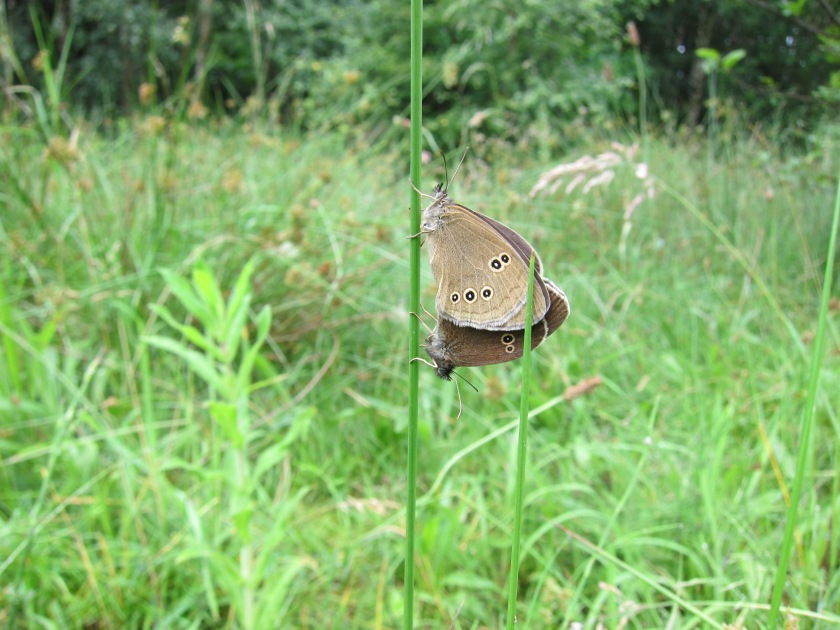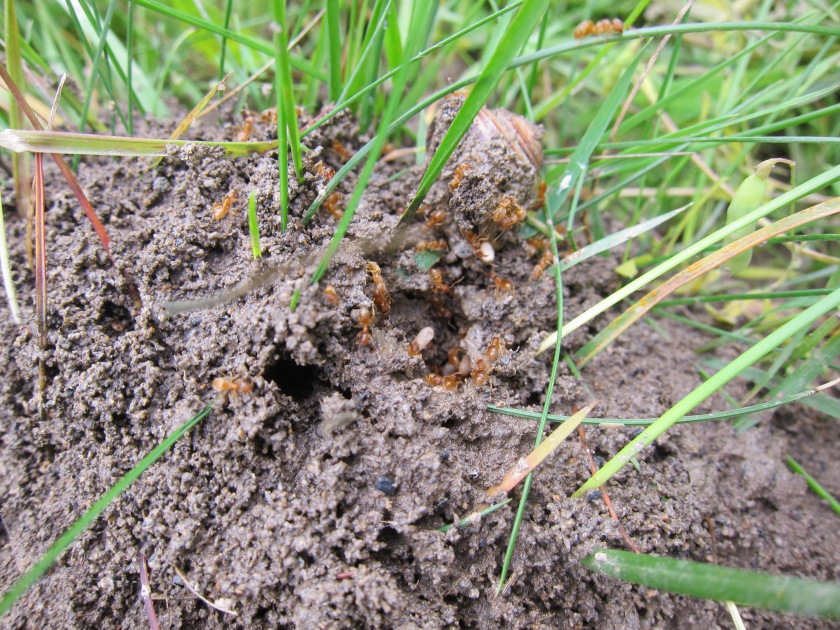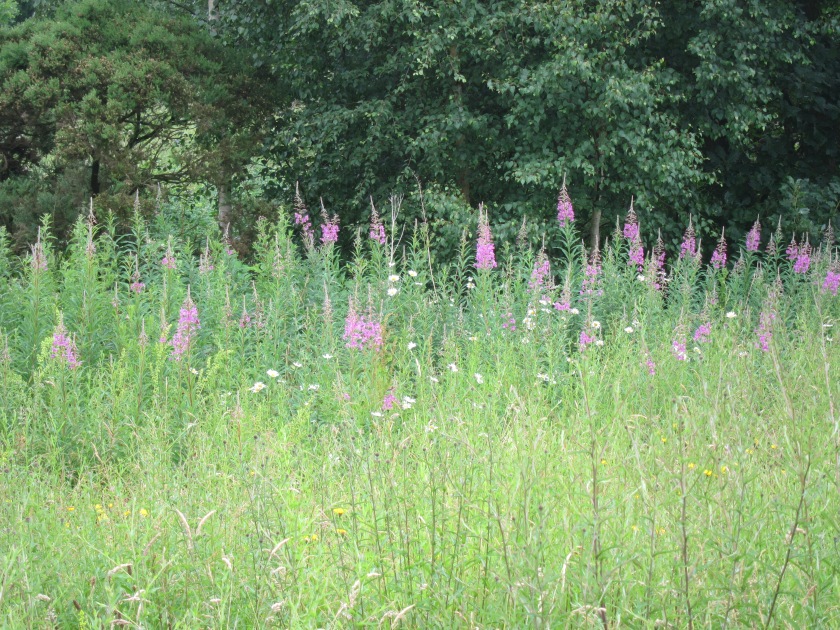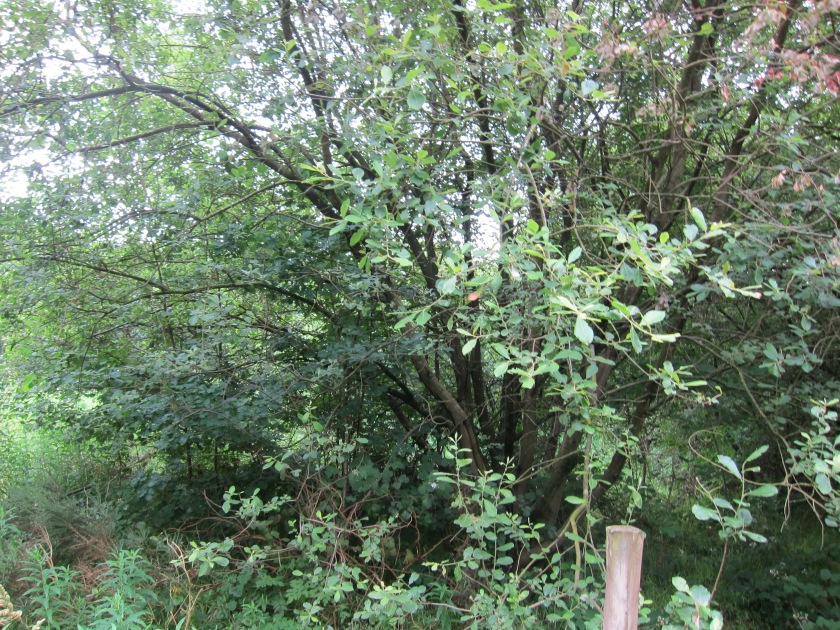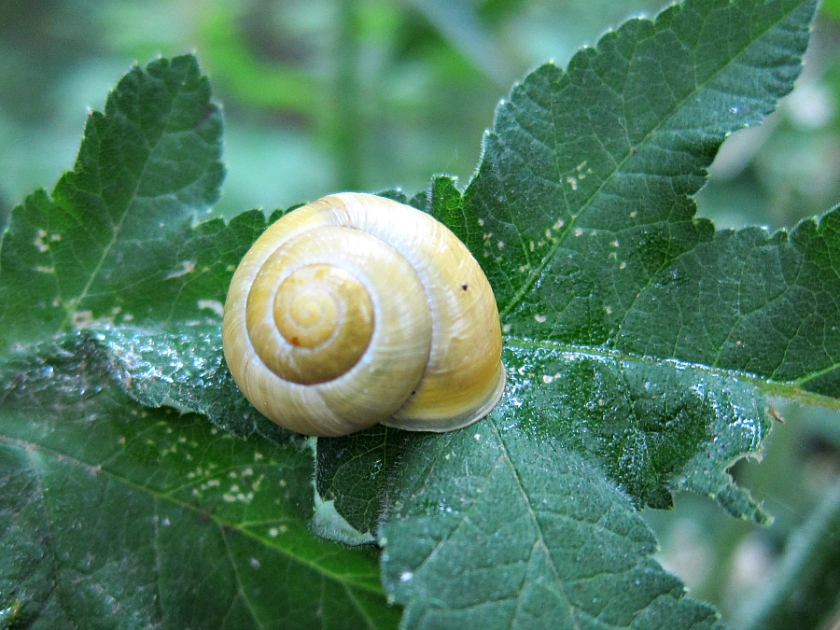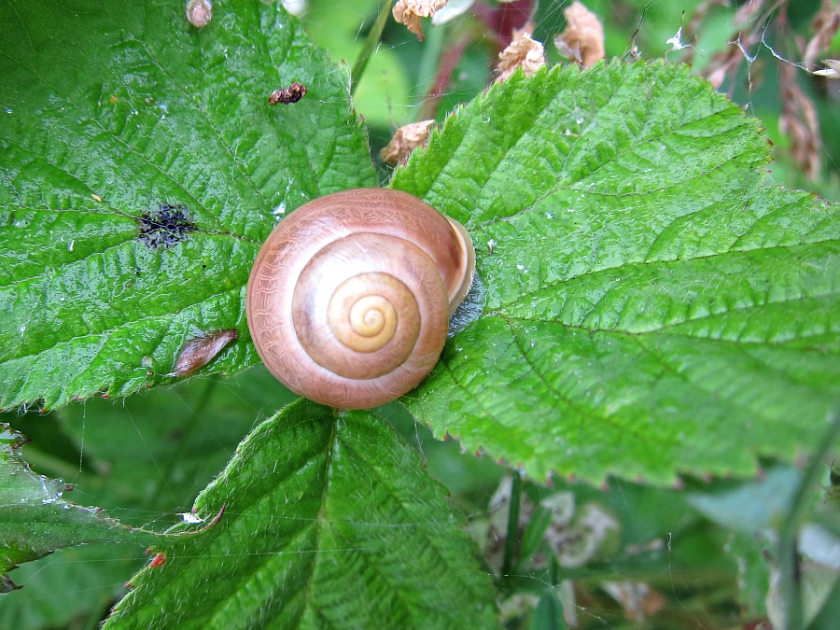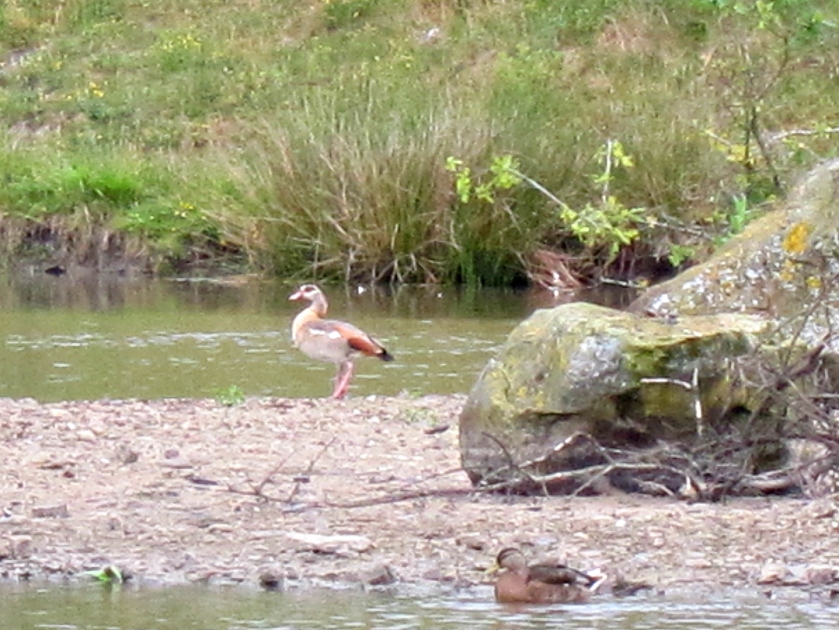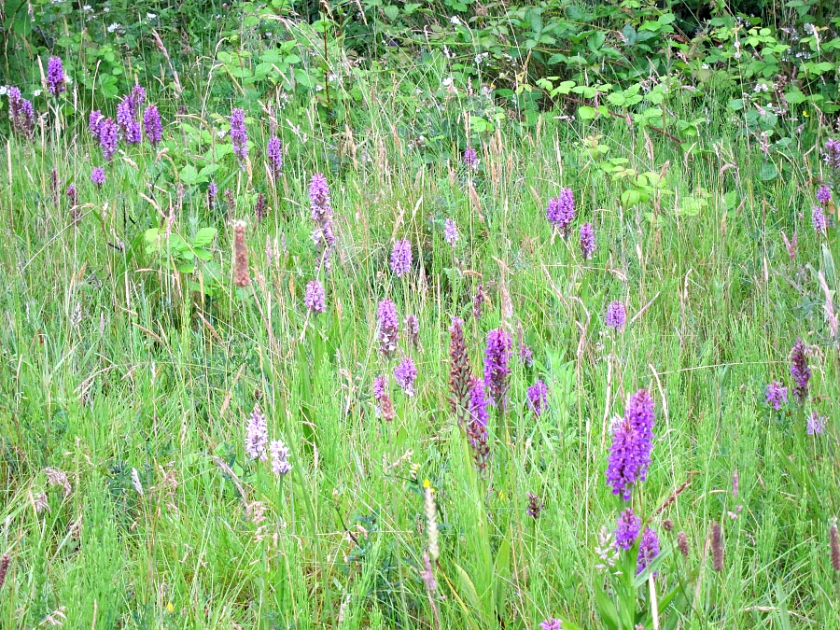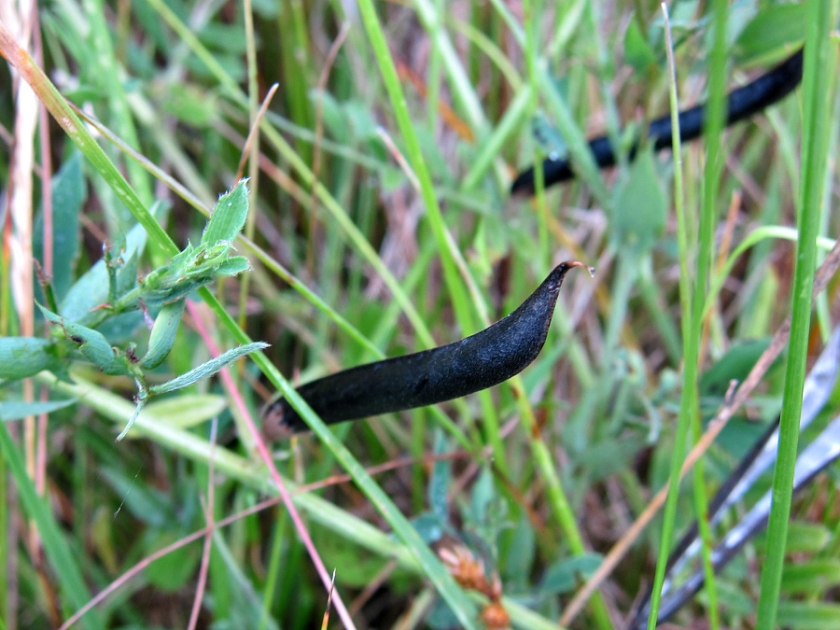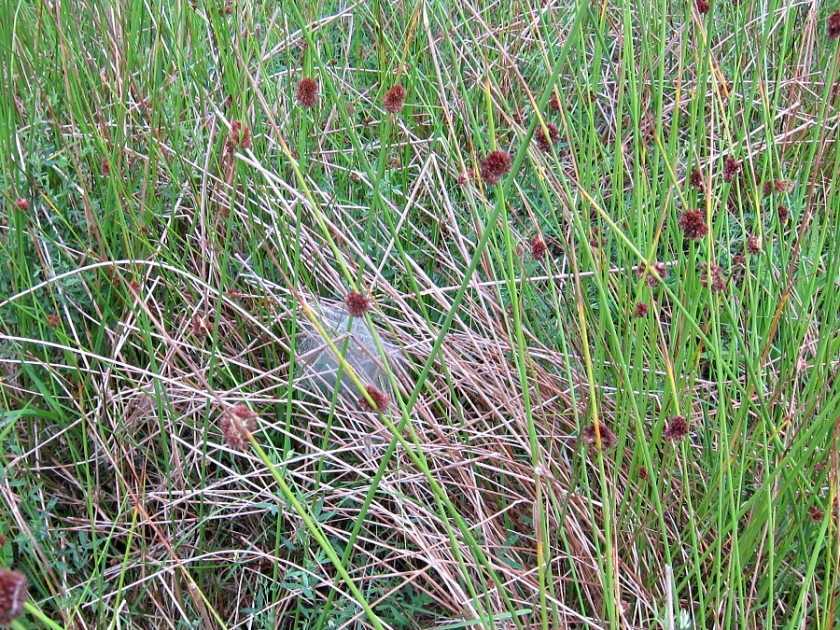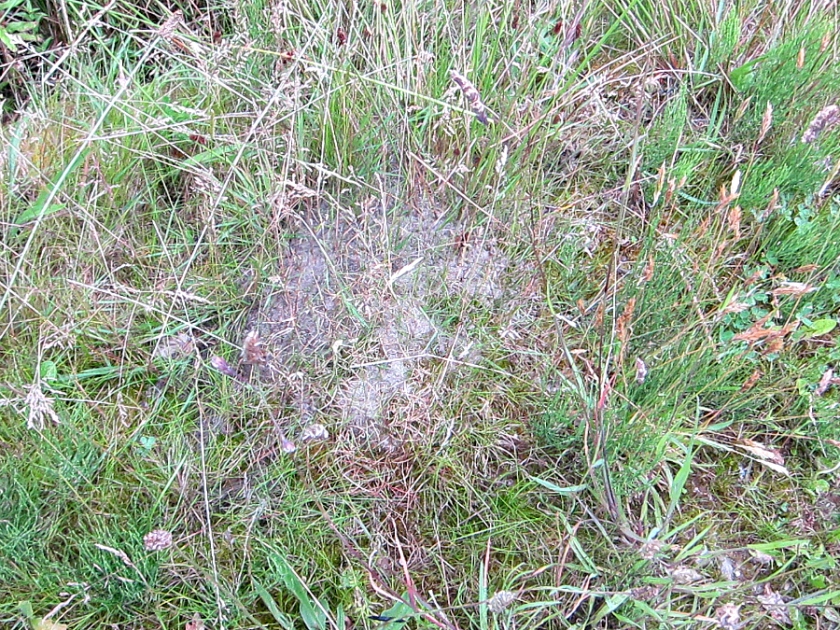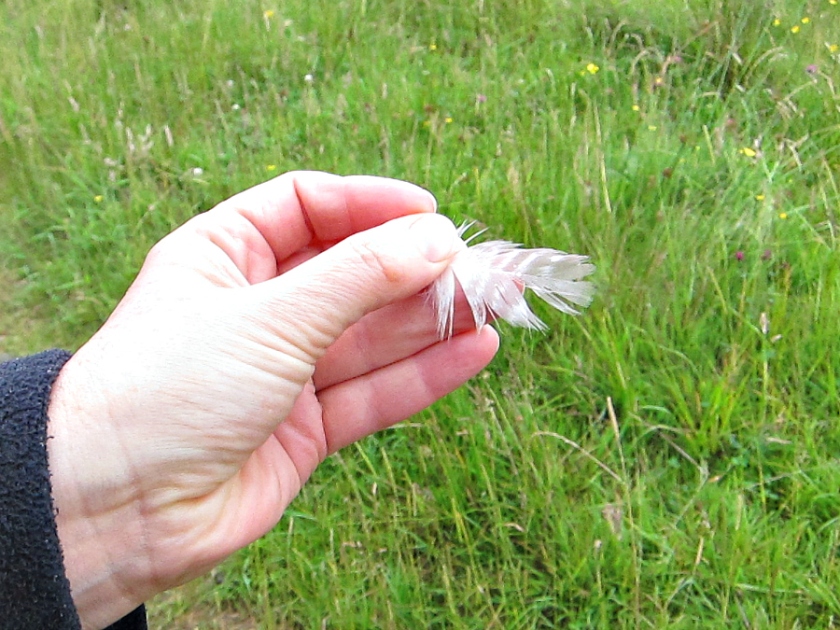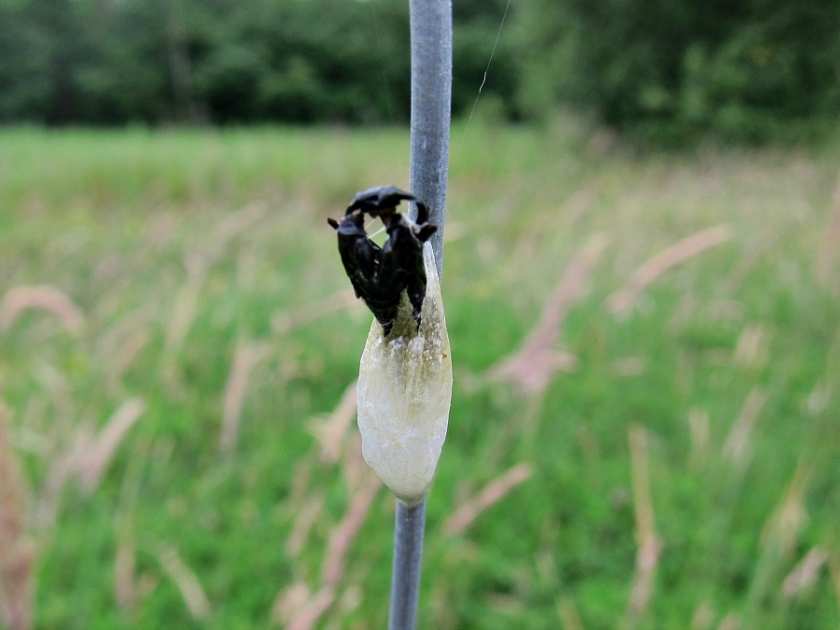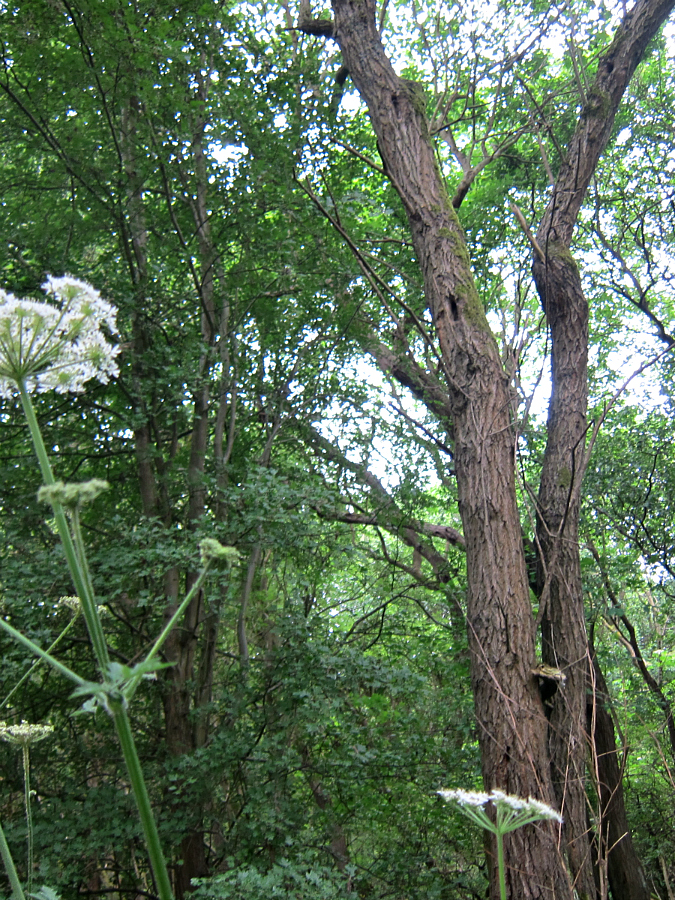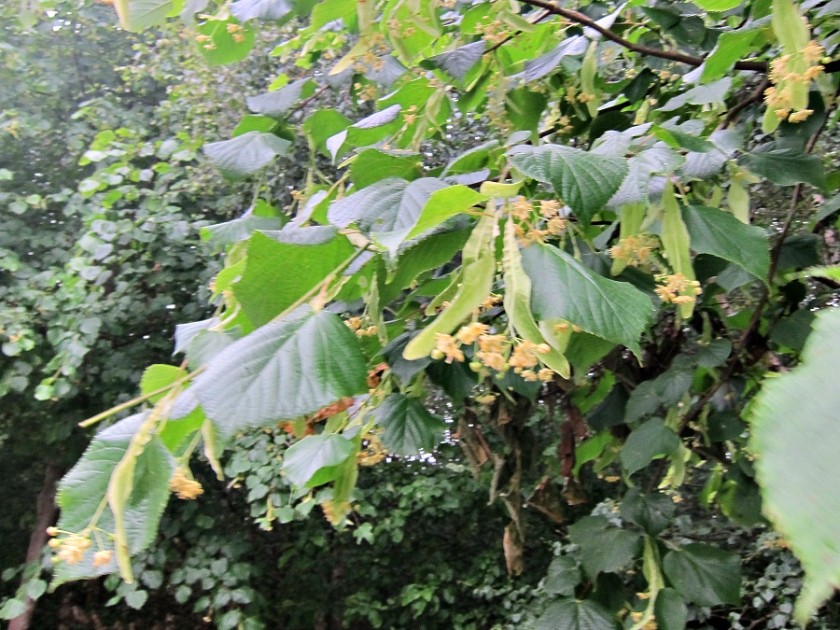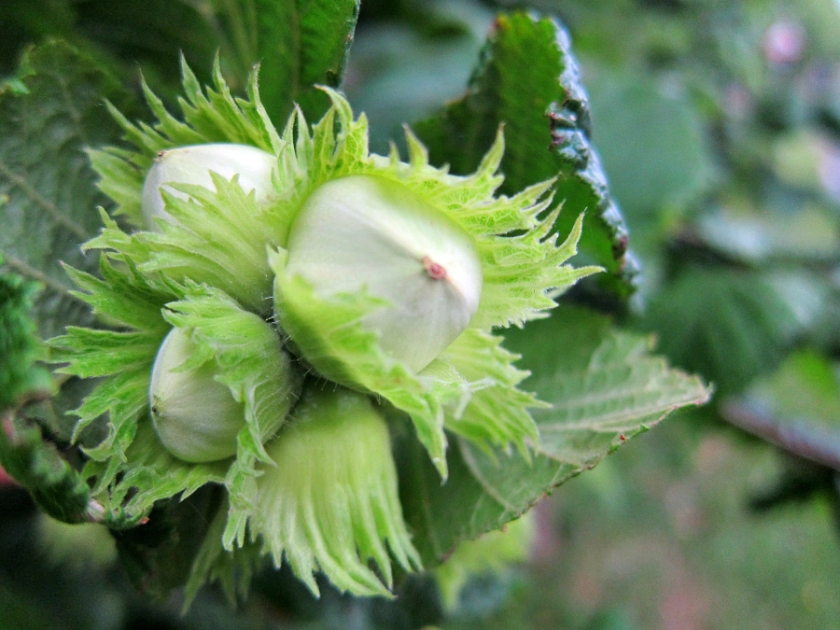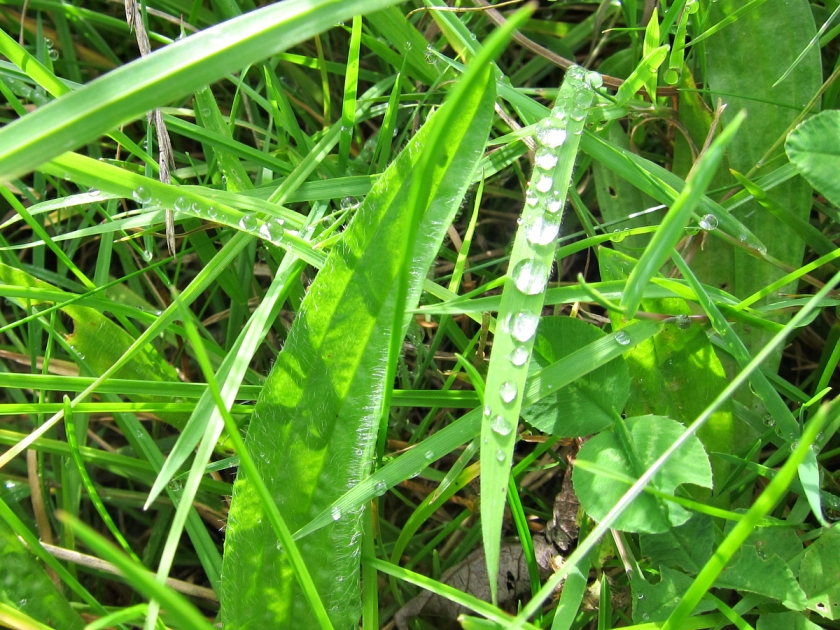
We visited Apedale in the late afternoon, it was a showery day, but the sun came out, off and on, whilst we were there.
There were signs of autumn – we spotted these apples ripening:
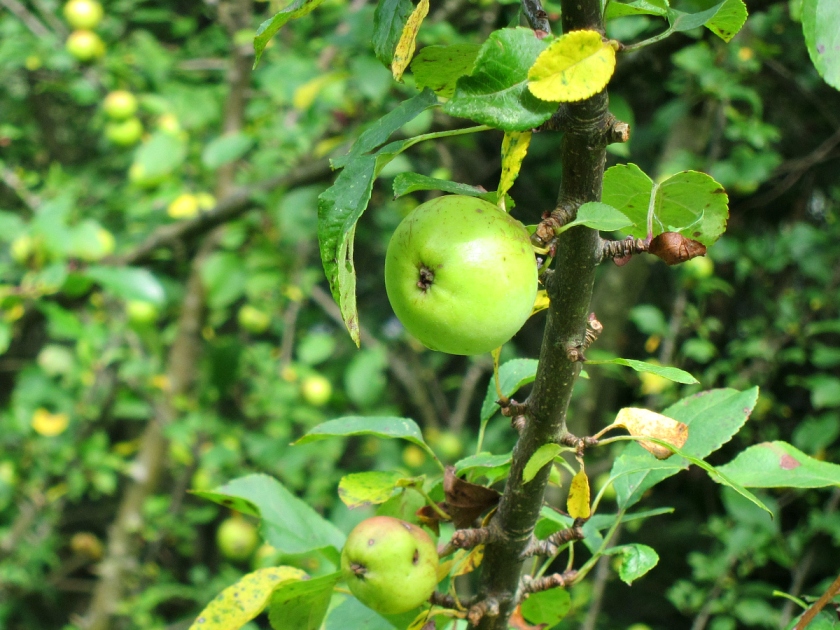
And there were lots of seed heads – we think these are white-lipped snails. There were absolutely loads of snails all over these dying plants:
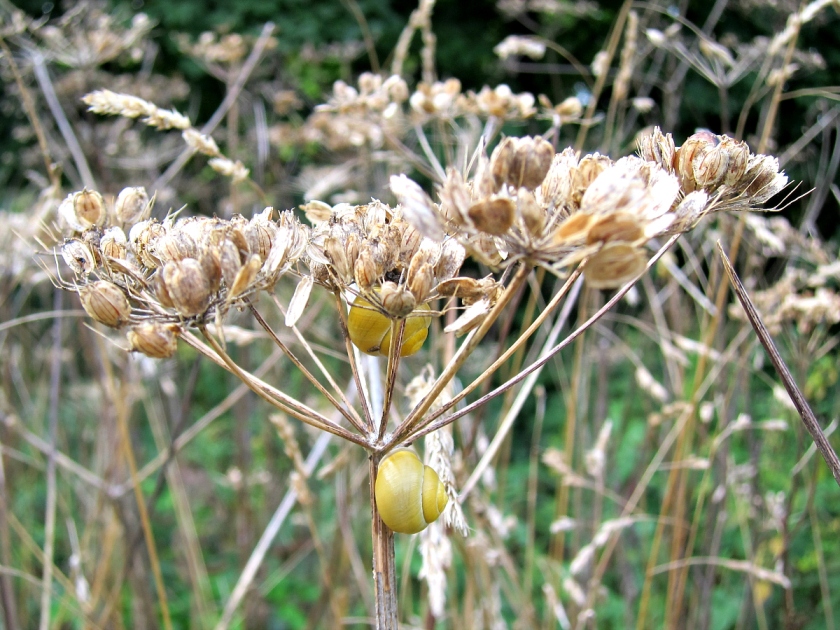
We were very excited to see this caterpillar, which was absolutely HUGE:
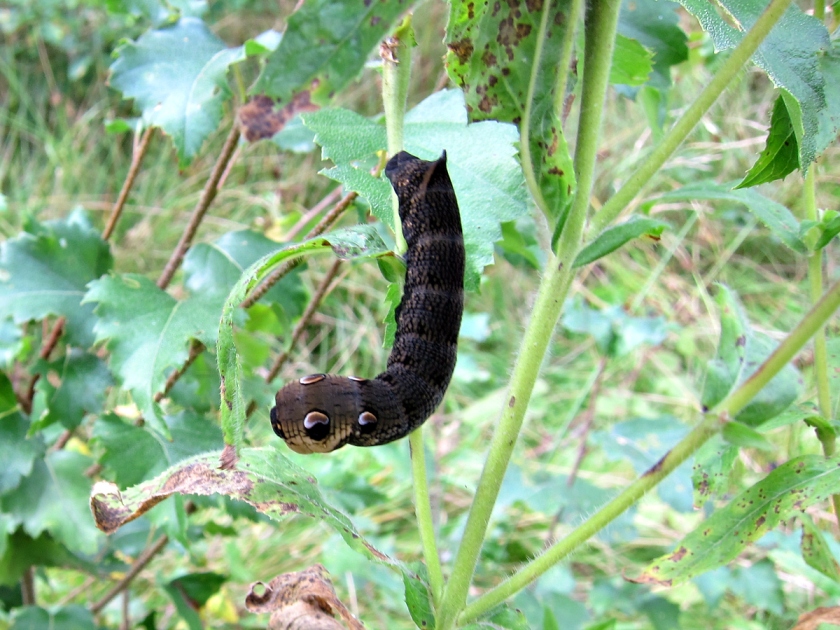
It is the caterpillar of the Elephant Hawk Moth. We think it was looking for somewhere to pupate – apparently they do this over winter, under leaves near the base of plants.
We were taking pictures of these galls on a young oak tree, when we noticed the amazing parasitic wasp – Torymus bedeguaris – on it. This is a female because you can see the long ovipositor – she uses this to inject her eggs through the gall, into the larva of the Cynipid parasitic wasp that’s already in the centre of the gall. By complete coincidence, we were watching Life in the Undergrowth today, and it had a piece all about these wasps.
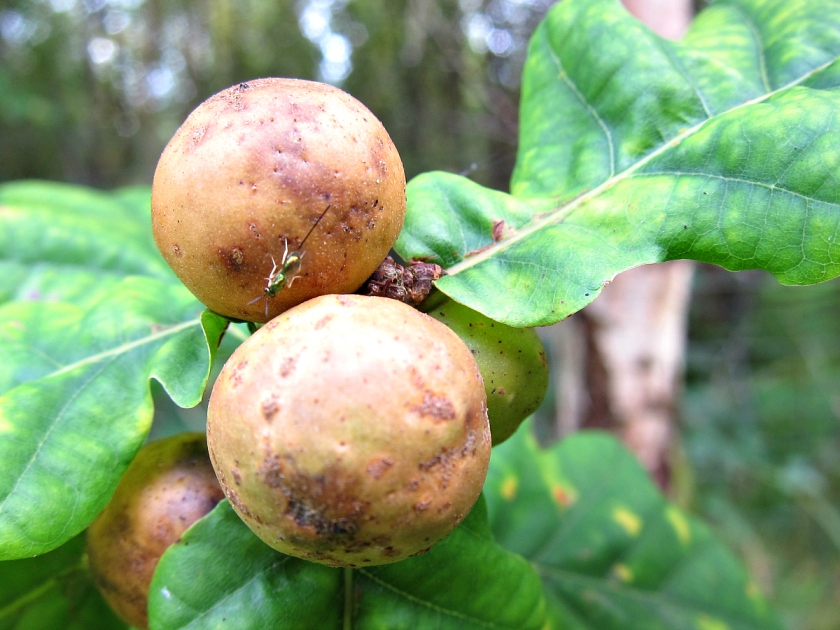
It’s also a great time of year for spiders. Sadly we couldn’t identify this one – maybe next time:

We think that this one might be a Large-jawed orb web spider:

Here’s another picture of the same spider:
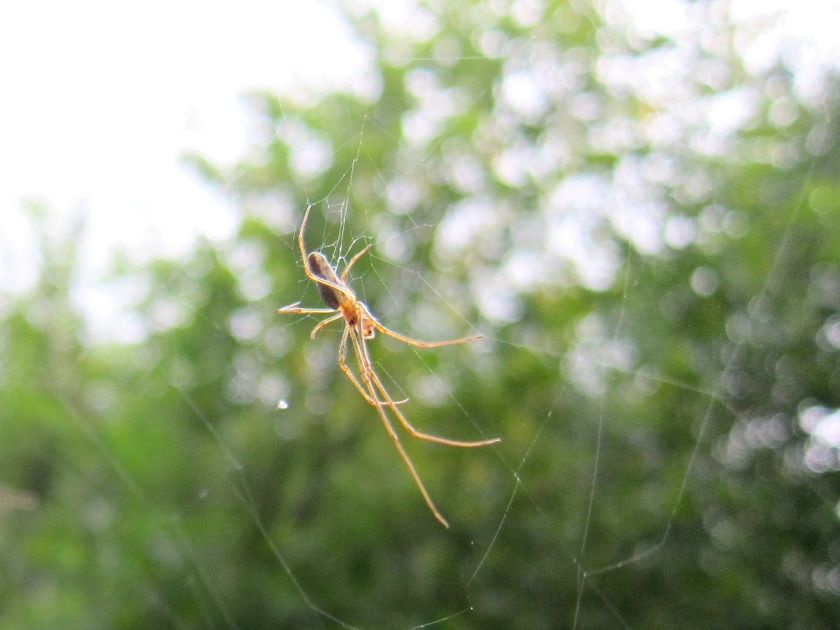
We think this one is a Garden spider – if you look closely, you can see some insect-prey that has been wrapped up ready to eat:

Here’s another wrapped up piece of insect-prey:
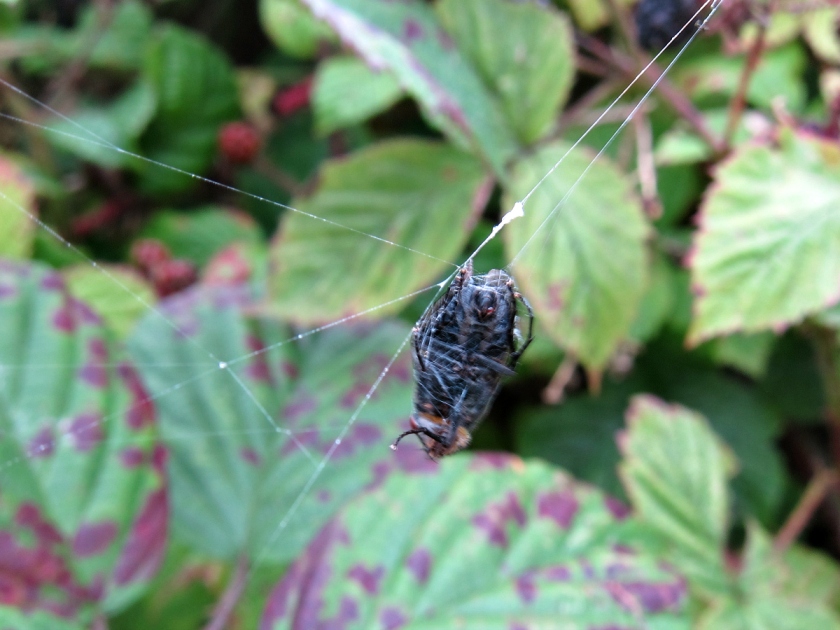
And another spider tucking in:

We were lucky enough to spot these two Common Darter dragonflies sunning themselves on a hand rail. We think that these might be immature males or females:

In this photo you can see their amazing eyes:
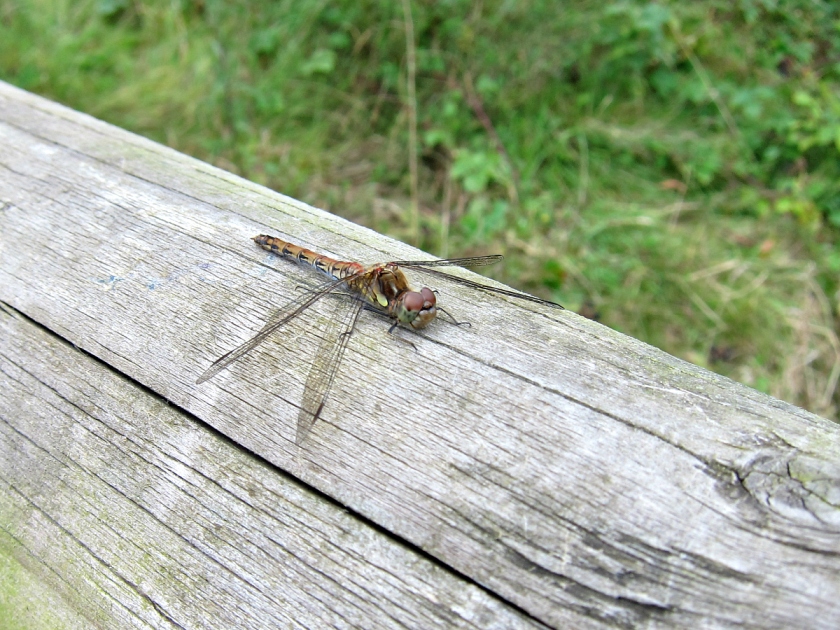
We saw this very young blackbird, lunching on some blackberries on a lovely mossy bed. It looked very comfortable:
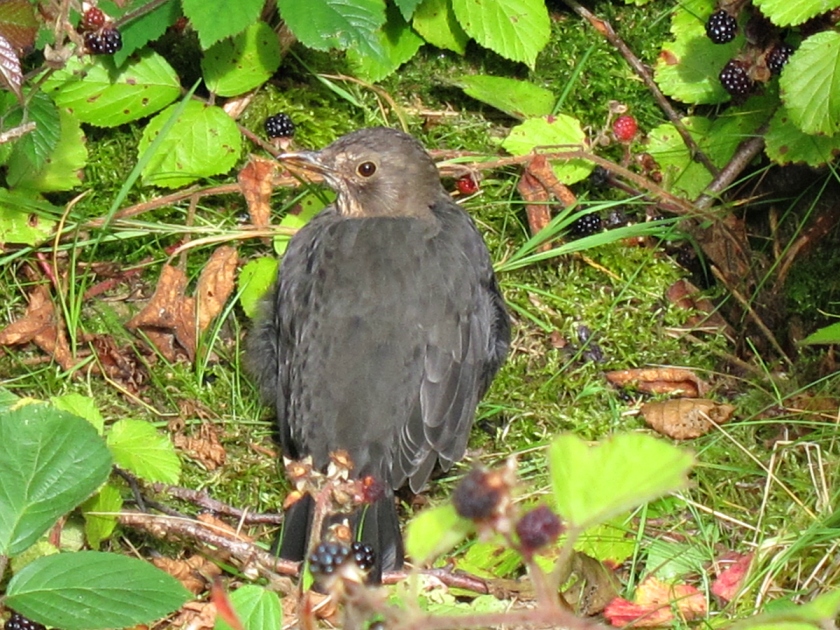
In spite of all the autumn sightings, there were still plenty of flowers around, including this low growing plant called tormentil. It’s a useful plant in September because it provides nectar for solitary bees.
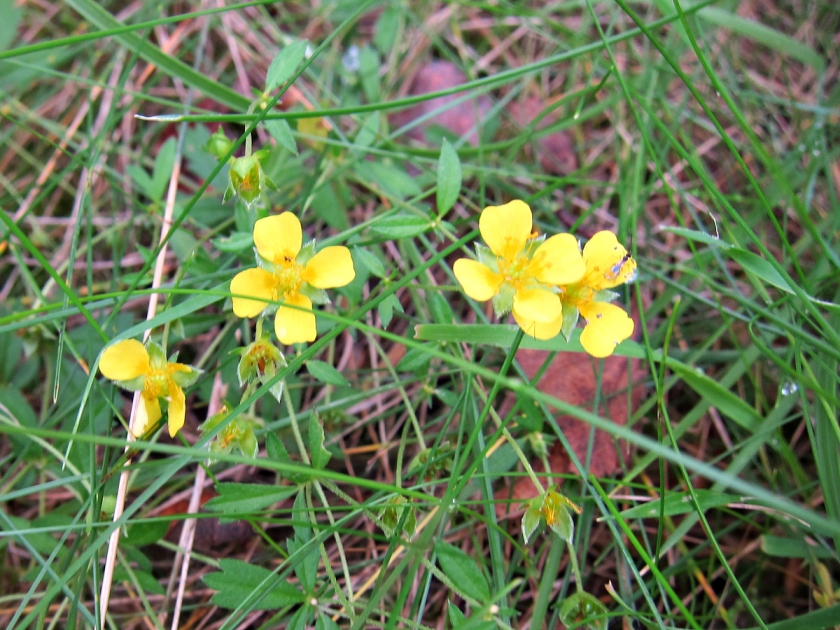
We were also on the lookout for toadstools and mushrooms. We saw these in the copse of beech trees near the top of the hill:
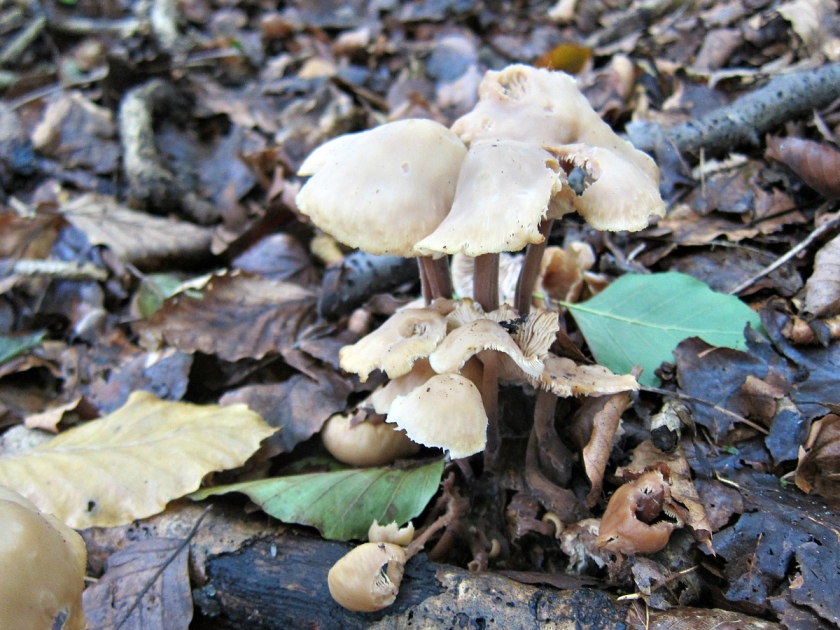
These are called Sulphur Caps and they are NOT good to eat because they’ll make you very sick with stomach ache and vomiting.

